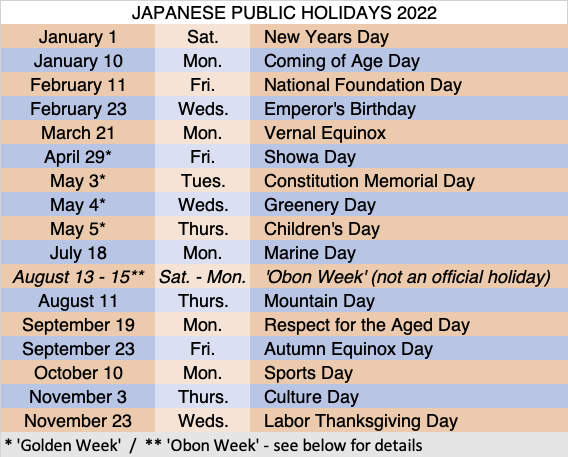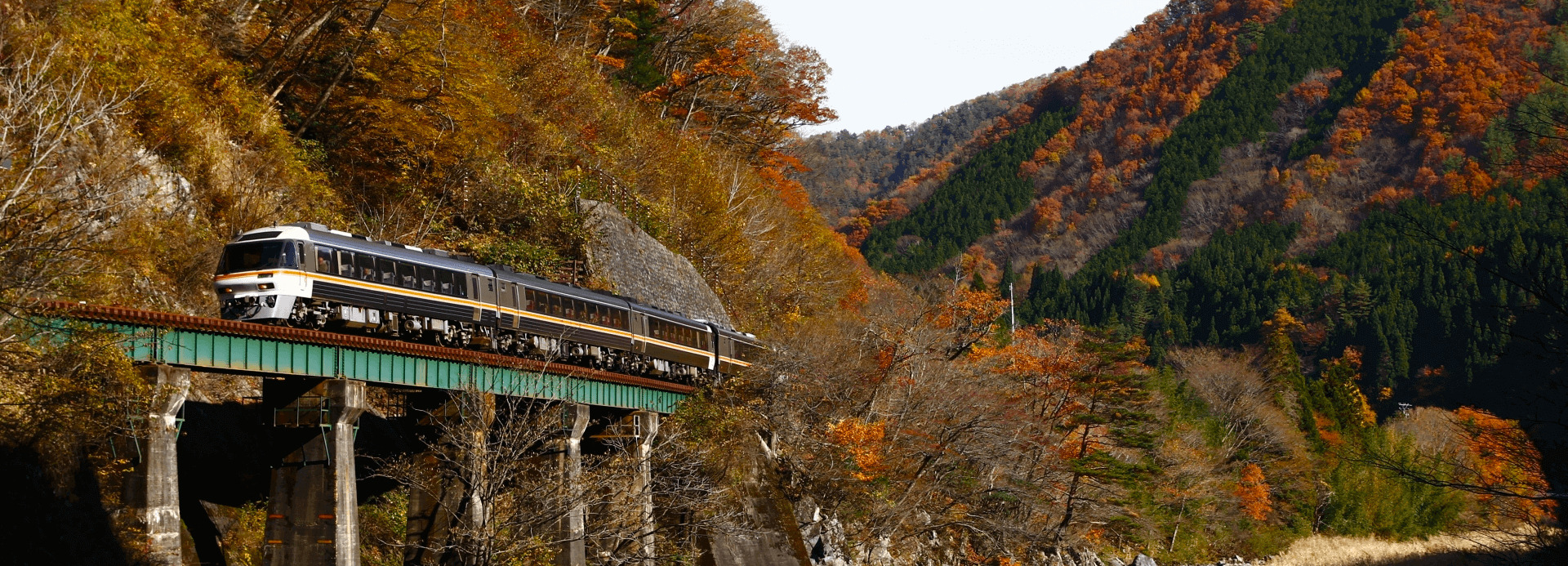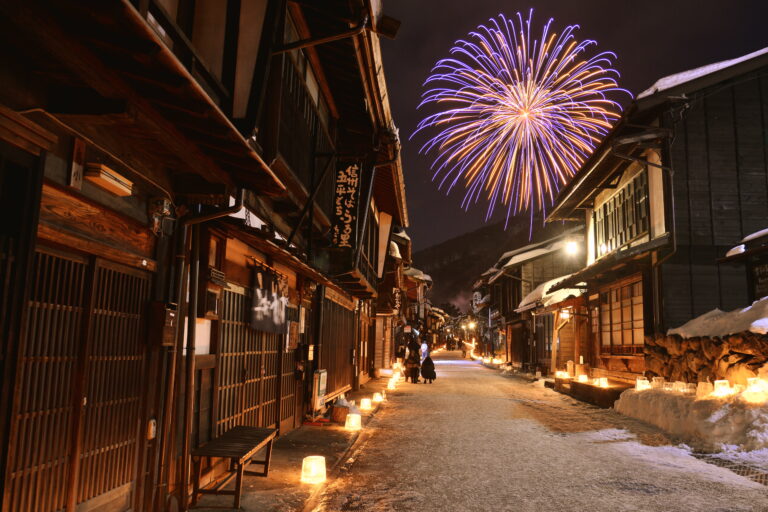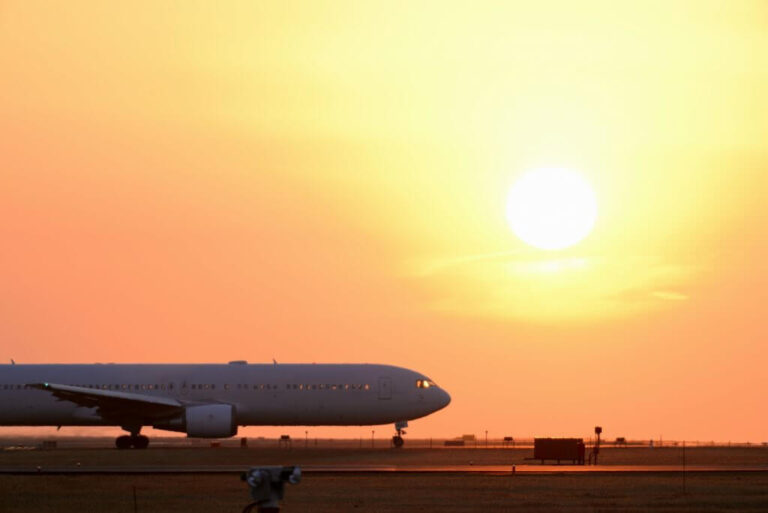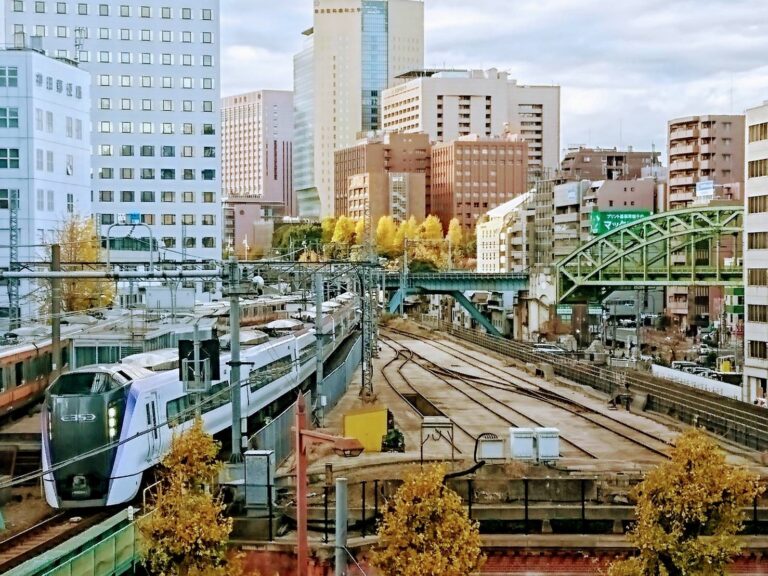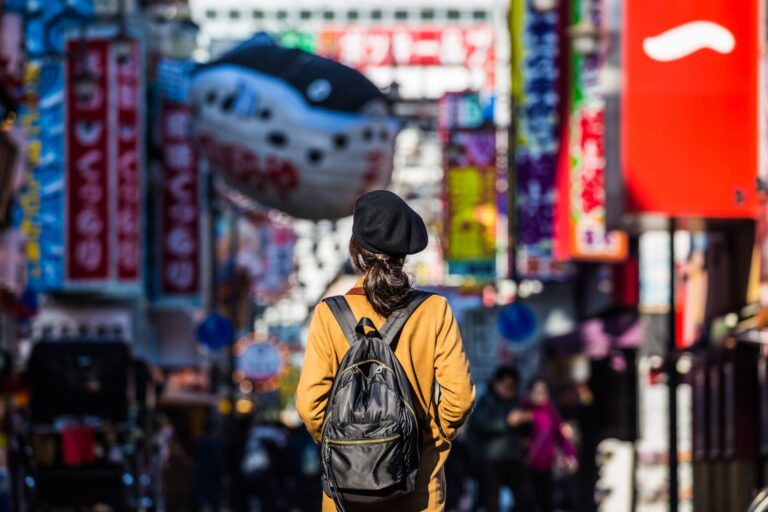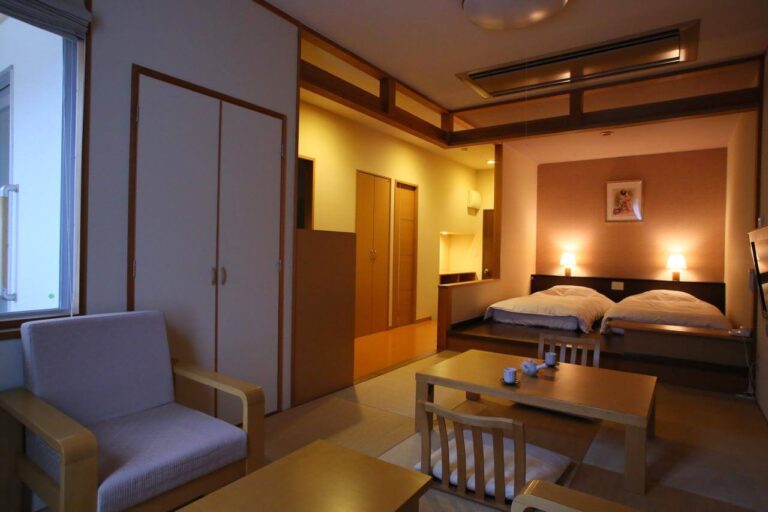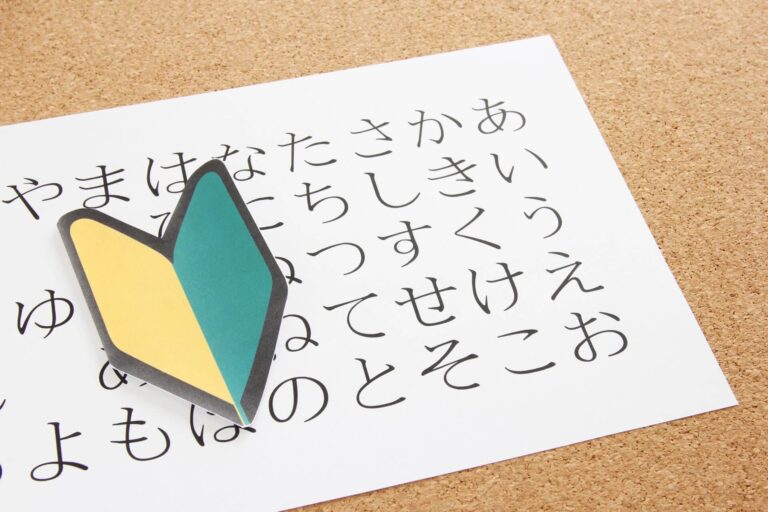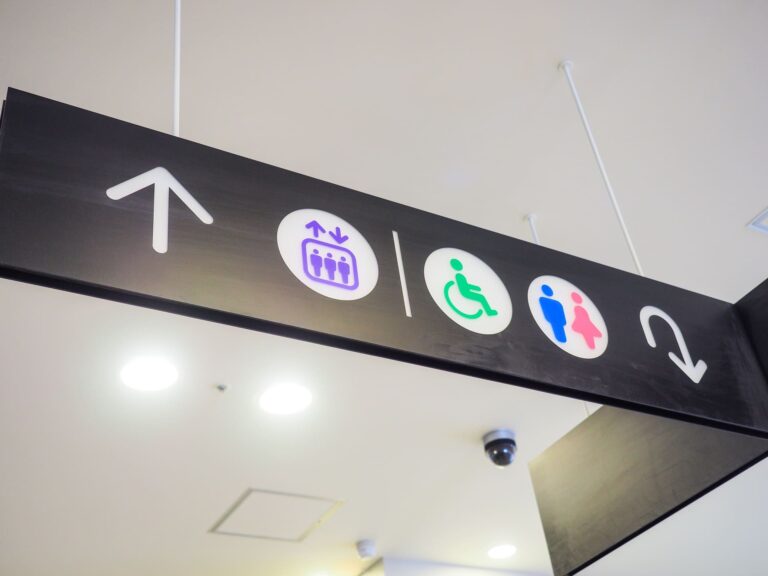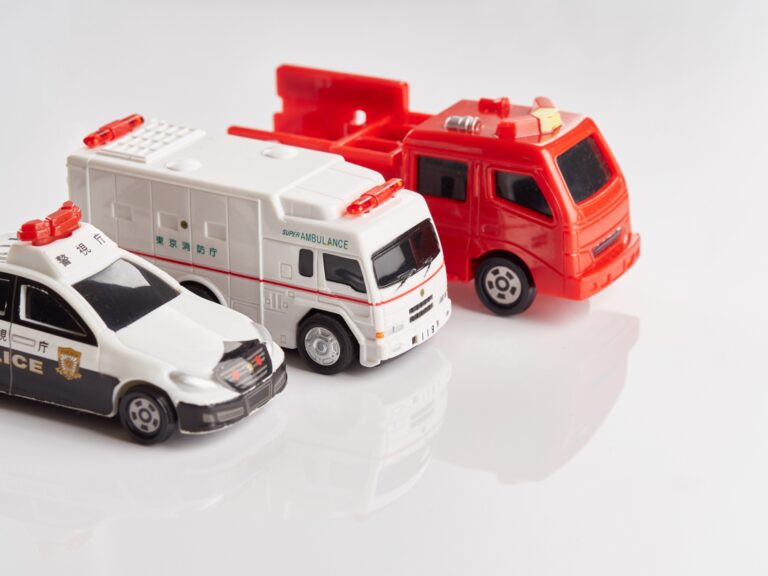Best Time to Visit Japan?
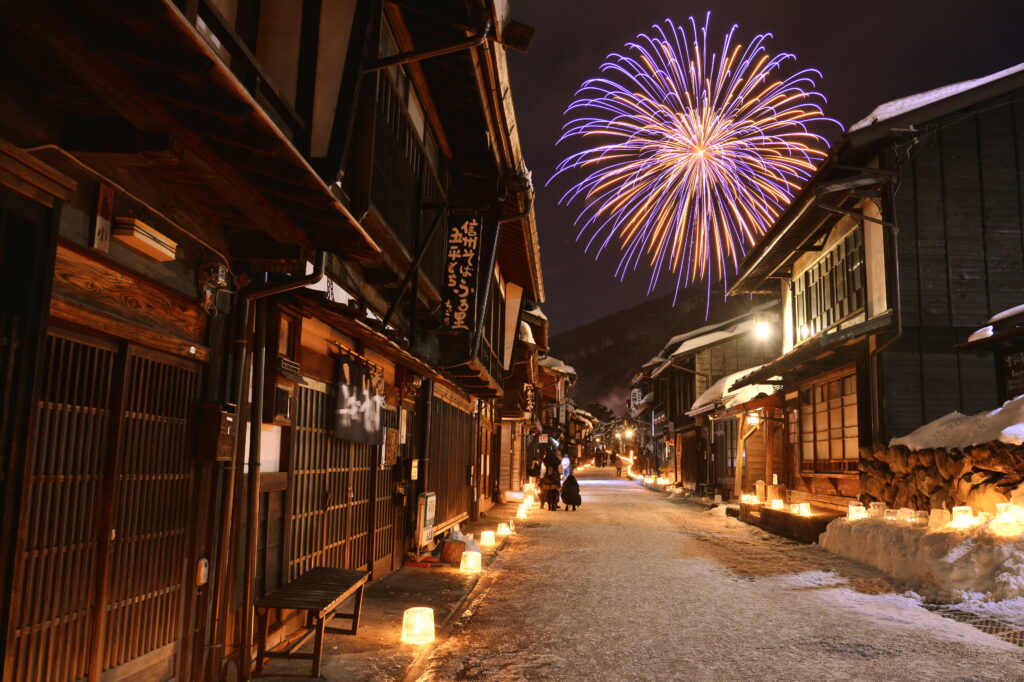
Japan is a land of four seasons, with each season providing its own reasons to visit. Summer in Japan is hot and humid while winter in many areas is cold, with Central Japan and the regions to the north-east experiencing a protracted winter and heavy snow. Either side of those two seasons, spring and autumn are regarded as the most pleasant times of year. Typified by the cherry blossoms of spring and coloured leaves of autumn, both seasons are temperate with both comfortable day-time and evening temperatures. On this page you will find the following information:
1 / Regions of Japan
2 / Seasons & Best Times to Visit Japan
3 / Winter / December to February: What to Expect
4 / Spring / March to May: What to Expect
5 / Summer / June to August: What to Expect
6 / Autumn / September to November: What to Expect
7 / Public Holidays
8 / Busy Periods & Times to Avoid
9 / Be Prepared: Typhoon Season & Natural Disasters
For further essential travel information, see our ‘Plan Your Visit’ main page.
1 / REGIONS OF JAPAN
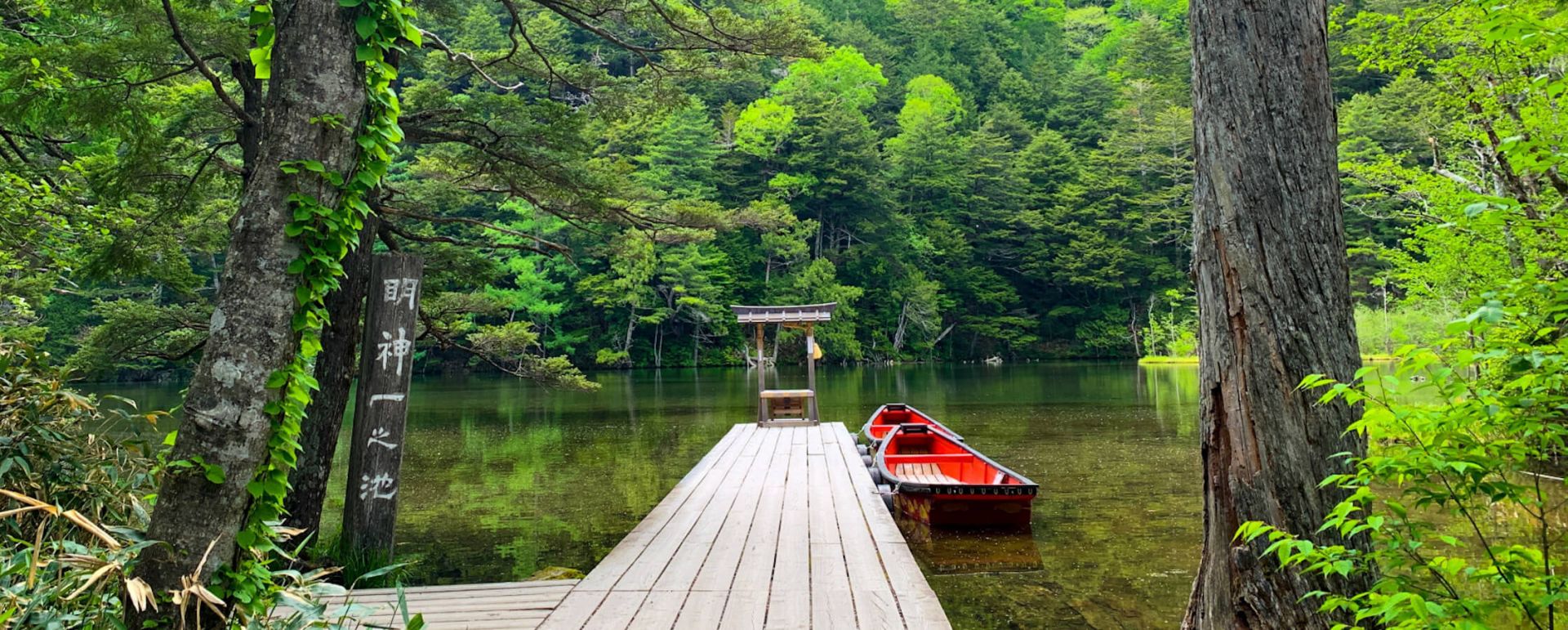

The various regions of Japan can be divided in many ways and grouped with other areas in what ultimately can be a confusing array of names – particularly for first-time visitors. Most commonly, you will hear the regions of Japan referred by their ‘prefectural’ names, of which there are 47. While some including Tokyo and Kyoto will be familiar to international visitors, most are not, making their use confusing when trying to get your head around the geography of Japan.
To make things easier, the 47 prefectures can be grouped into 8 regions including Chubu (consisting of 9 prefectures), Kanto (7), Tohoku (6), Hokkaido (1), Kansai (7), Chugoku (5), Shikoku (4) and Kyushu (8 including Okinawa).
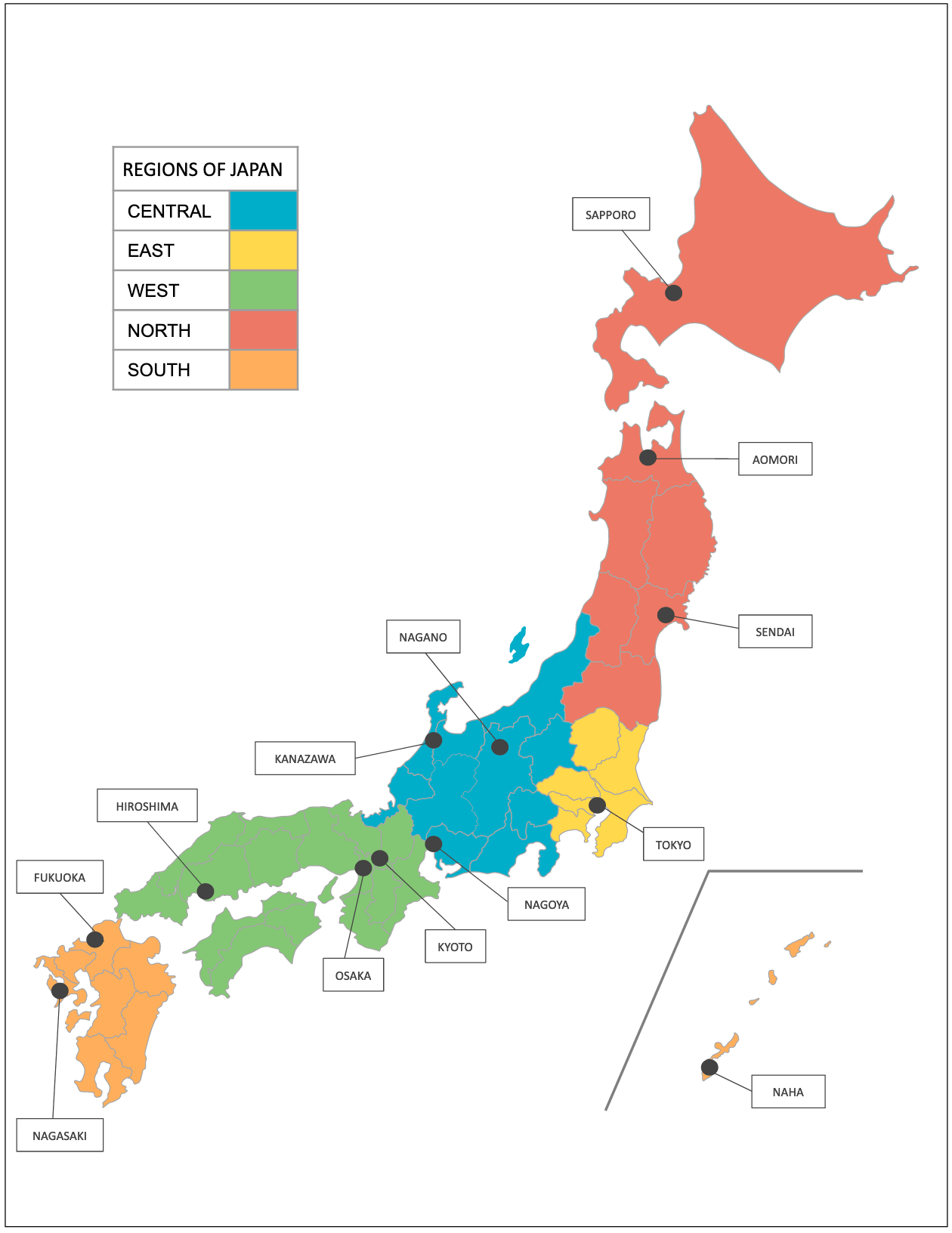
But even then, the names can be hard to remember so let’s make it even easier and divide the 8 regions into Central, East, West, North and South Japan. Nagano – our home region – is located in the heart of Central Japan, so let’s start there:
CENTRAL JAPAN
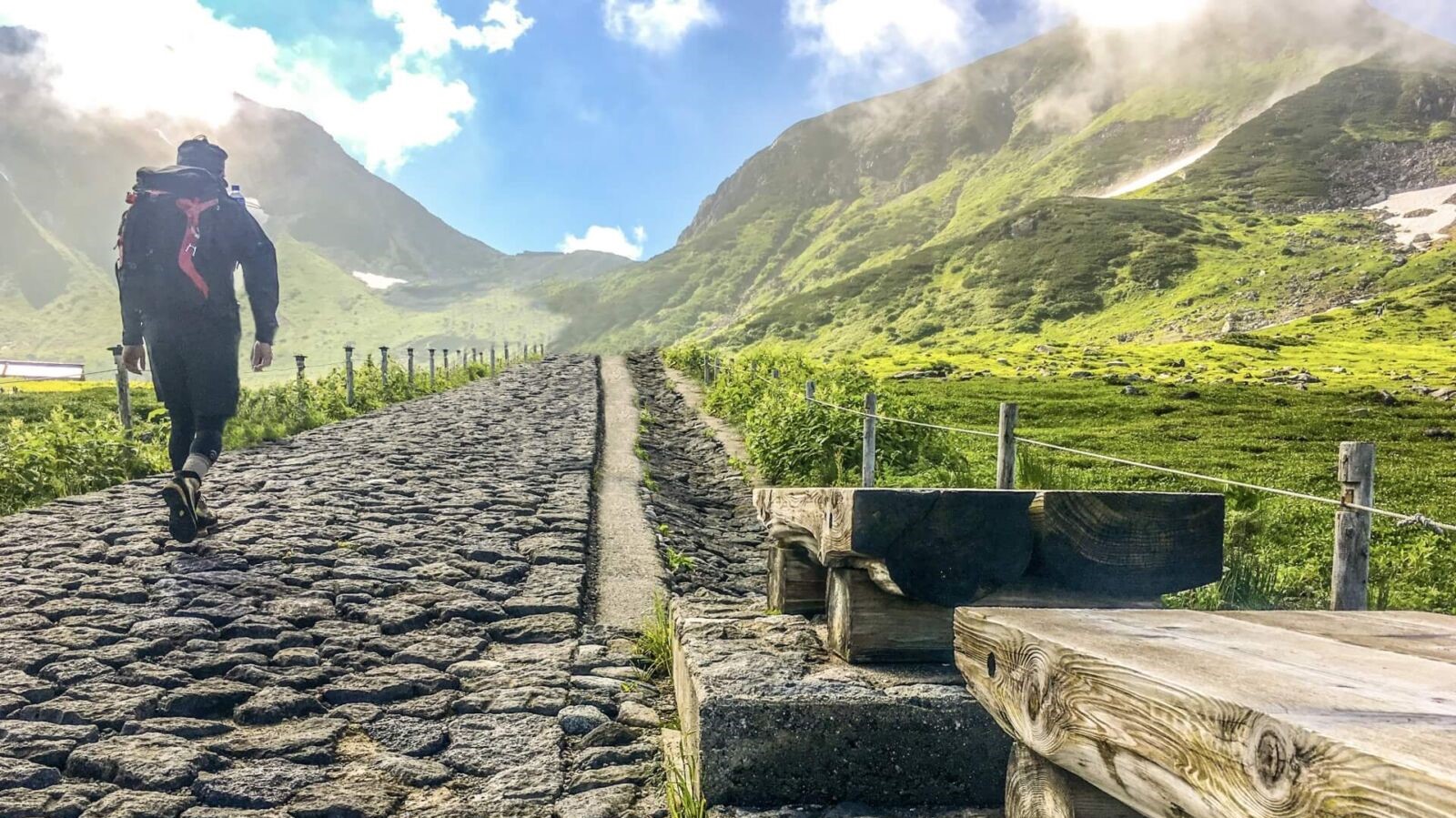
Also referred to as Chubu, Central Japan is our home and includes the following prefectures: Nagano, Niigata, Gifu, Toyama, Aichi, Shizuoka, Yamanishi, Fukui, and Ishikawa Prefectures. Though not considered part of Chubu, we also consider Gunma Prefecture as part of Central Japan – due to its proximity bordering Nagano and similar character as a place of mountains, forests, snow and hot springs. Central Japan includes the major cities of Nagano, Matsumoto, Toyama, Kanazawa and Nagoya and is known for its abundant nature and stunning beauty with Chubu Centrair International Airport – lying to the south of Nagoya – being the regions only major international airport.
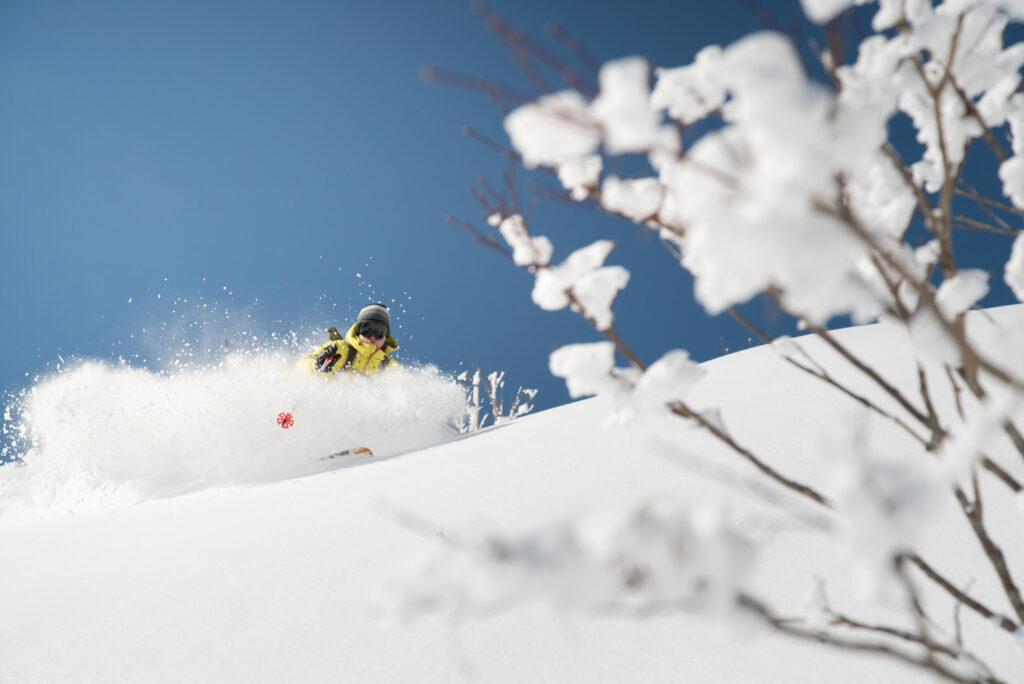
Home to the majority of Japan’s tallest mountains – offering world-class skiing and snowboarding in winter and an array of outdoor adventures in spring, summer and autumn – Central Japan is readily accessible from the major metropolises but in every other regard, is a world away from the hustle and hassle of the cities.
EAST JAPAN
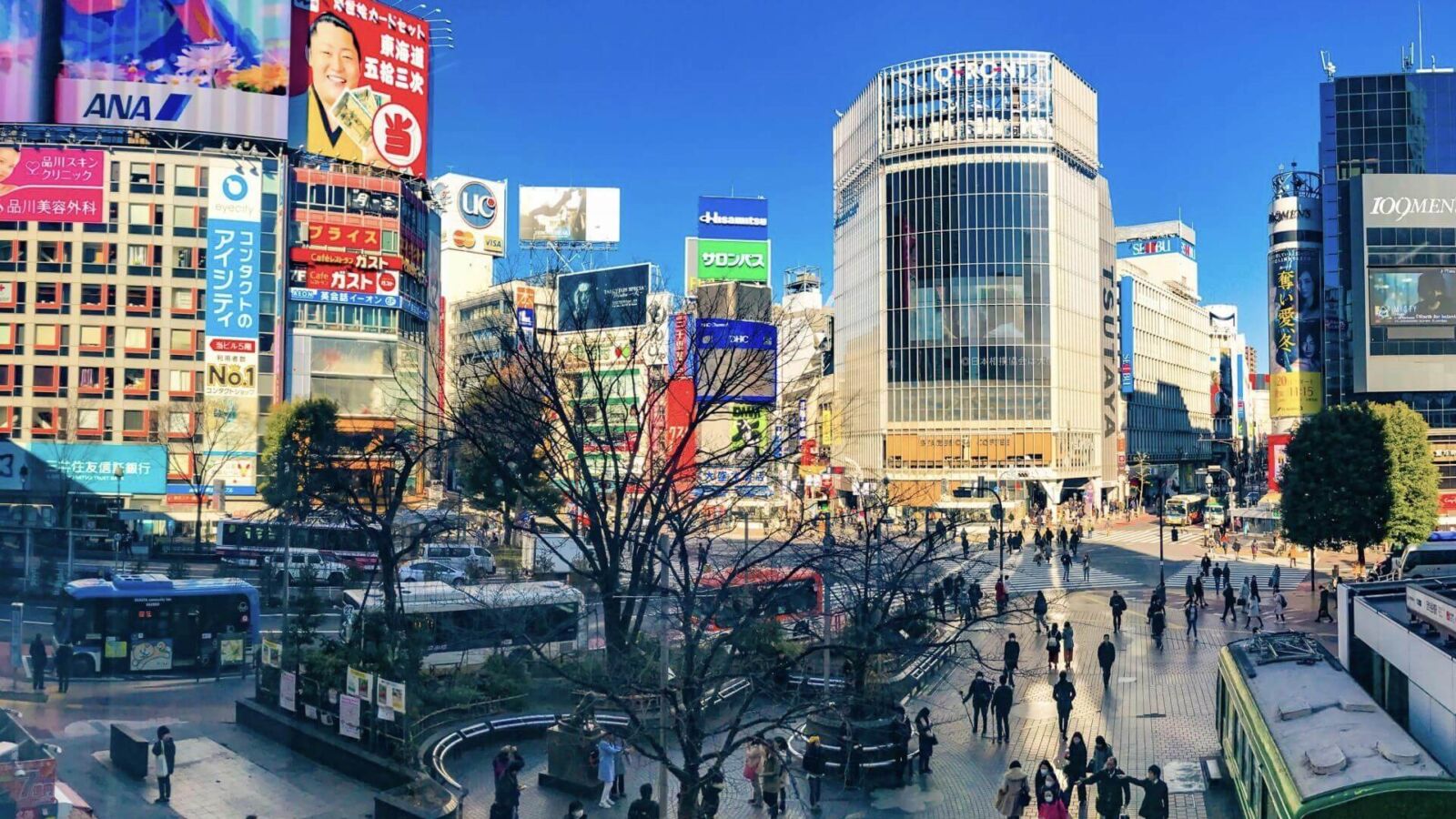
East Japan includes the Kanto region – basically, the area to the immediate east of Central Japan. Japan’s political and financial power is concentrated in the cities – Tokyo, Yokohoma, Chiba, Saitama and Kanagawa – of East Japan. For many visitors, East Japan will be their point of entry or departure and take-up a lot of their time while here with two international airports – Narita Airport and Haneda Airport – servicing located either side of Tokyo.
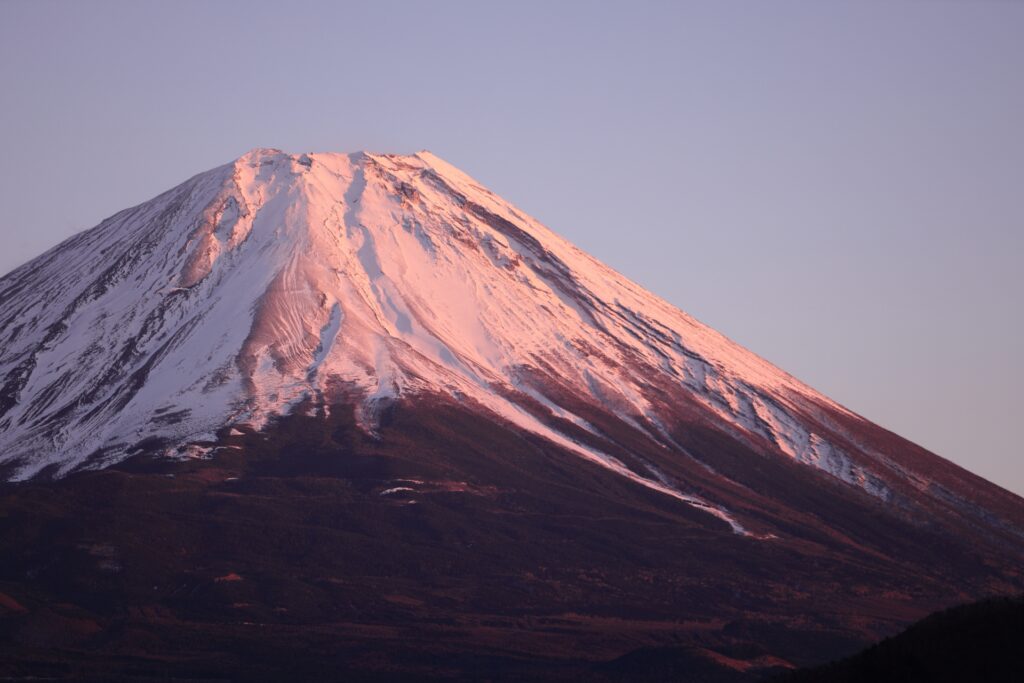
This region accounts for approximately one third of the Japanese population, with an estimated 44 million people living in an area around the same size as Taiwan. Tokyo is obviously the big a attraction, a city that many love but others less so given its immense size and seemingly unending sprawl. Endlessly fascinating, you could spend a lifetime exploring Tokyo and its surroundings – just make sure you leave enough time for everything else Japan has to offer including Japan’s iconic Mount Fuji – only two hours from the capital.
WEST JAPAN
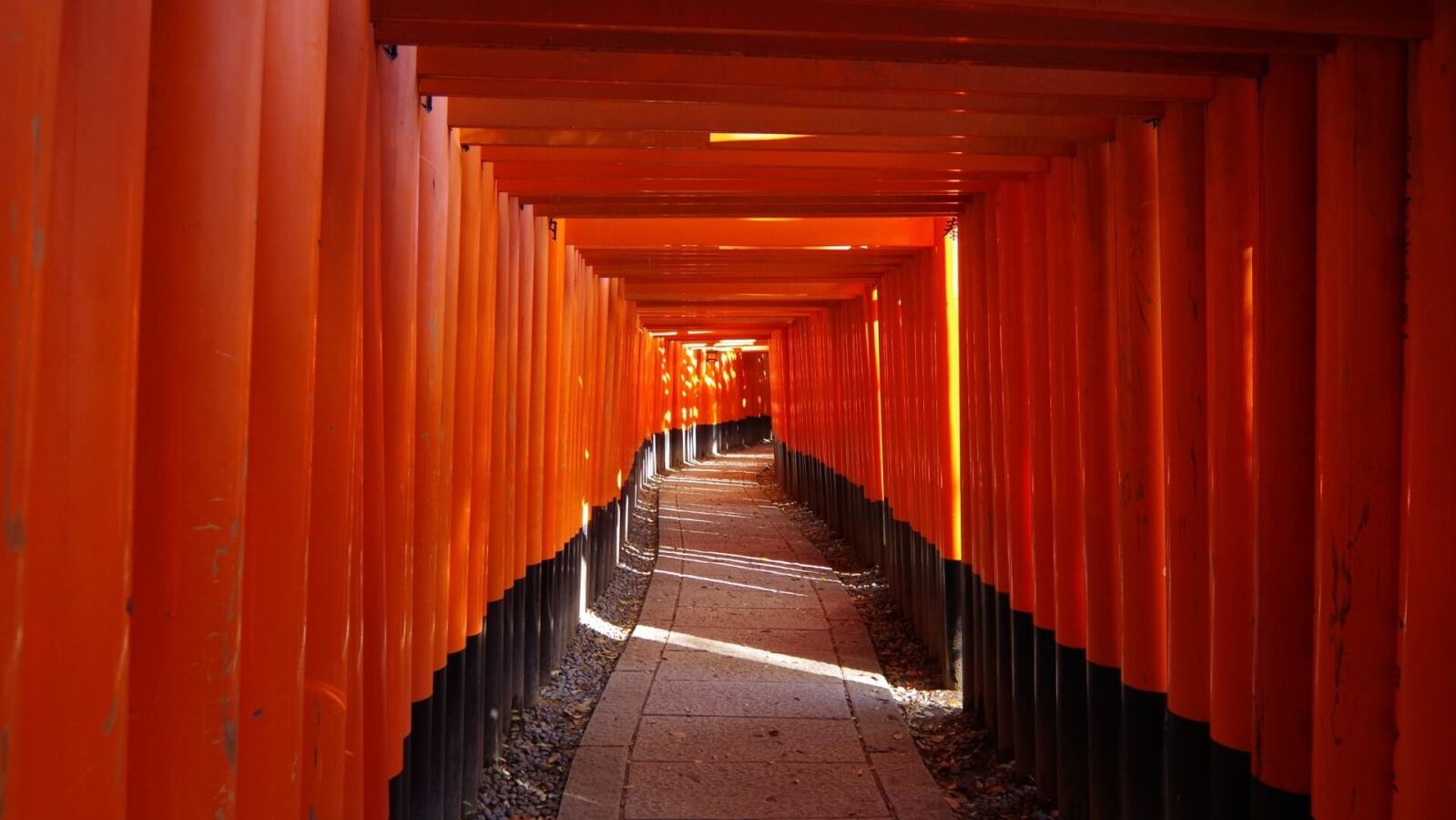
Made-up of the regions of Kansai, Shikoku, and Chugoku, West Japan includes the popular destinations of Kyoto, Nara, Osaka along with Kobe, Himeji and Hiroshima. West Japan is characterised by its warmer climate and historical significance, with Nara and Kyoto acting as the capitals for more than one thousand years. Boasting many of Japan’s most impressive temples and shrines, both cities are stops on most visitors itineraries who journey there to walk the historic streets, past temples, tea houses and geisha, and back into the Japan of old.
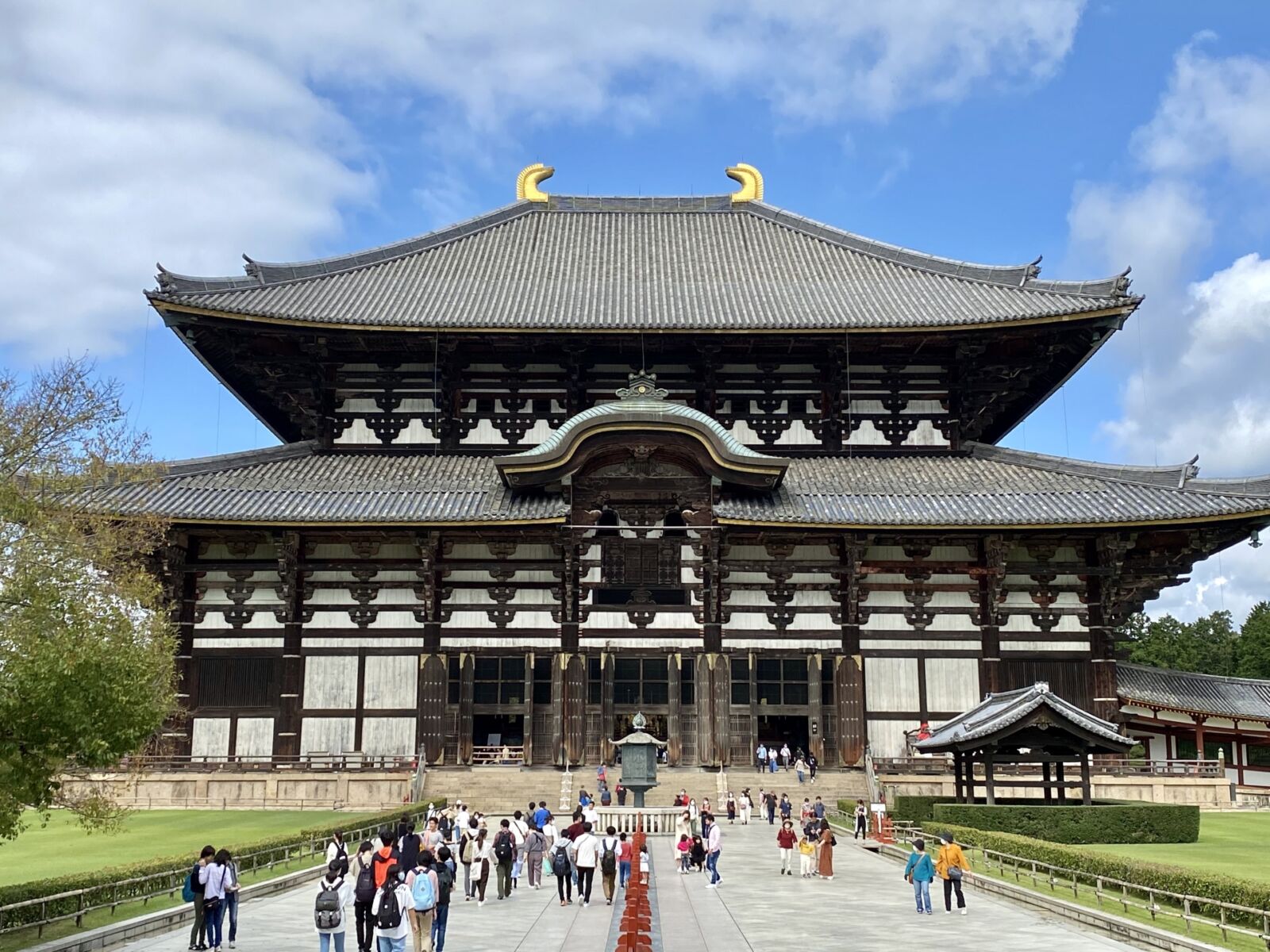
Lying just a little further to the west, Osaka is one of Japan’s great metropolises known for the friendly and mercantile nature of its people. A distinctly different city, Osaka is all about having a good time with shopping, food and nightlife entertaining visitors around the clock. Kansai Airport lies to the south of central Osaka, one of Japan’s four major international airports with numerous airlines flying routes all over the world making it a convenient entry and exit point.
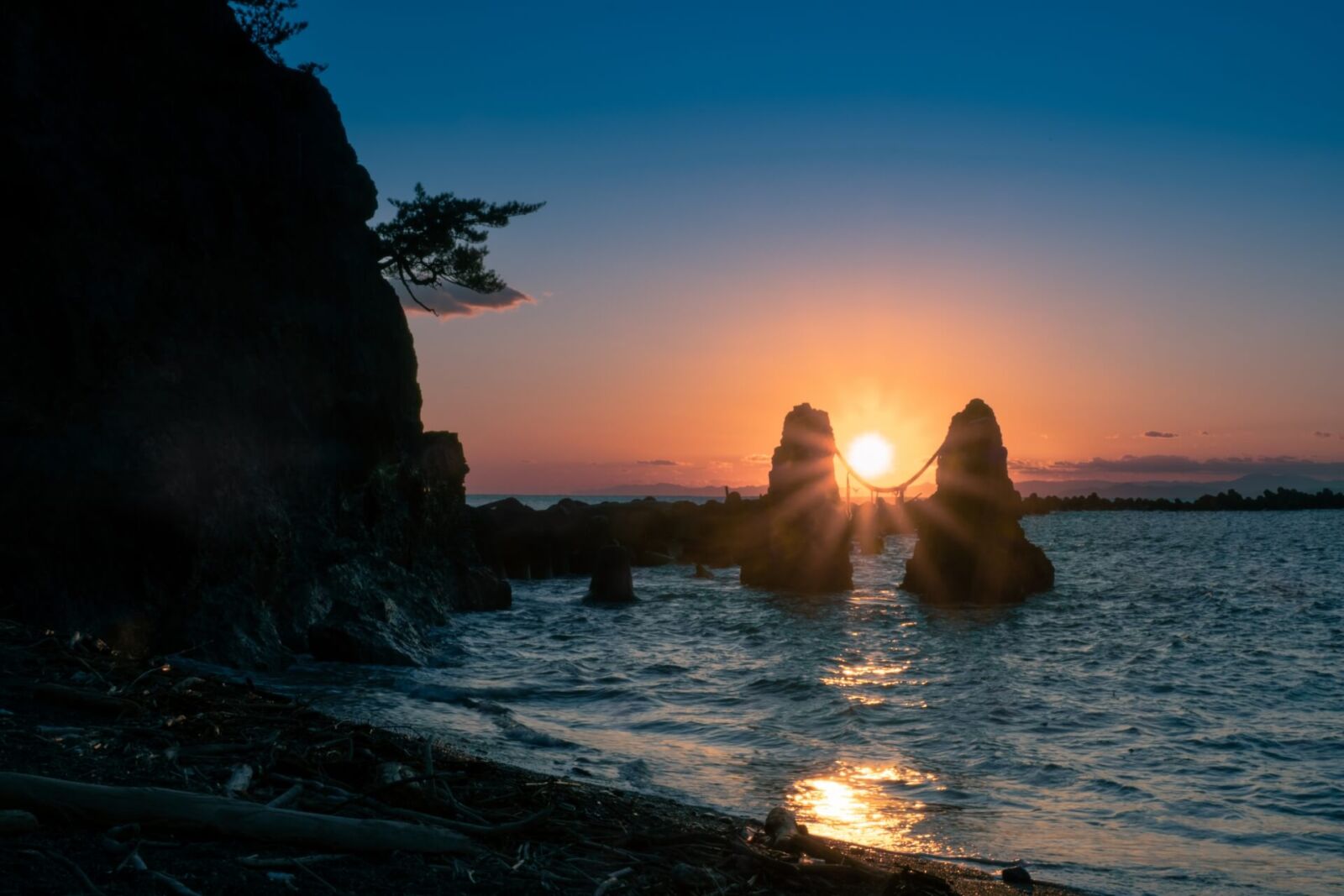
Readily accessible from Osaka, Shikoku is the smallest of the Japanese main islands and a destination often overlooked by international visitors. Separated from Japan’s main island of Honshu by the Seto Inland Sea, Shikoku is a region unto itself and a place where time slows a little. From hopping between the art islands of Setouchi to venturing into the hidden river valleys of Iya or exploring the surf beaches of Kochi’s Pacific coast, Shikoku is likely to not quite fit within your image of what Japan is; and in the end, that’s what makes it so worth visiting.
NORTH JAPAN
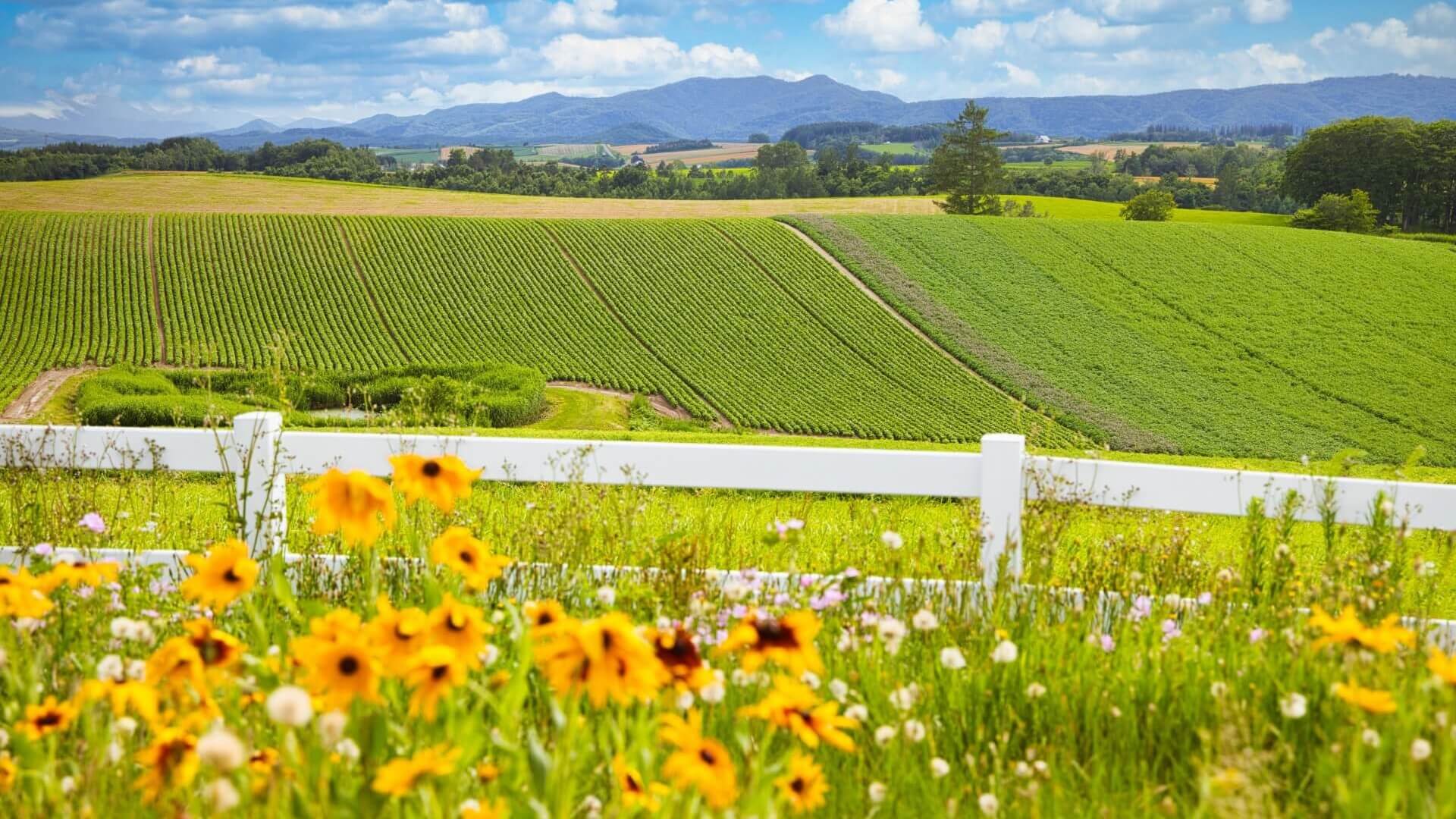
Making-up the top portion of Japan’s main island, Tohoku is a beautiful, sparsely-populated region and when combined with the Hokkaido – Japan’s large northern island – you have the grouping of North Japan. The recent extension of the shinkansen means that even Hokkaido can be reached using the high-speed train network. Geographically isolated and culturally distinct, Hokkaido feels somewhat remote and different to the rest of Japan, with only one major city, Sapporo, serviced by New Chitose Airport.
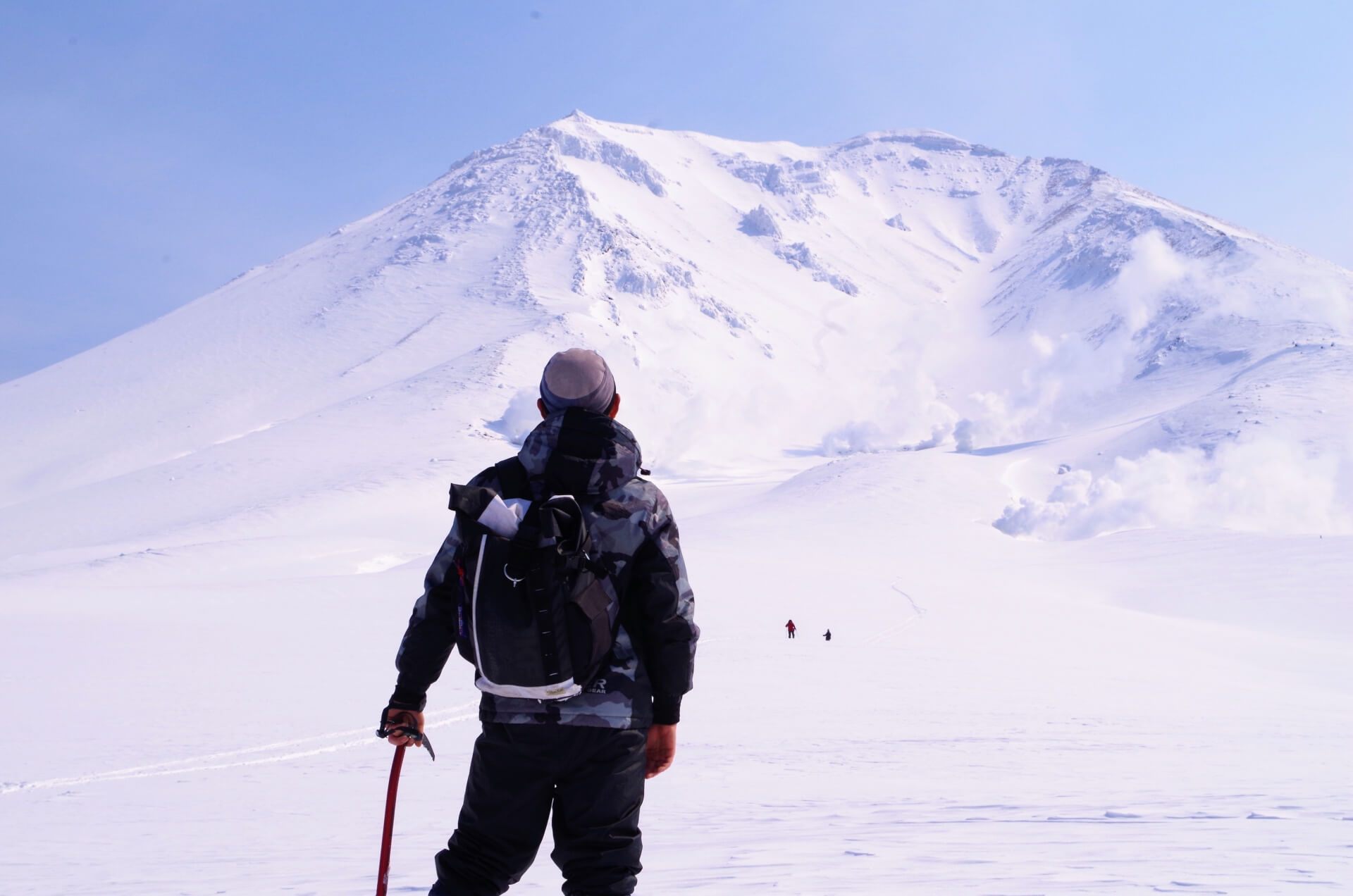
Tohoku is often overlooked by international visitors who tend to head west from Tokyo but those who do venture north discover a large region of natural beauty, small towns and dramatic coastline. Further north still, the island of Hokkaido is best known for its winter and tremendous ski resorts that boast some of the best powder in the world while in summer, the region offers some of Japan’s most beautiful and pristine natural landscapes – a world away from the congestion and sprawl of the major cities.
SOUTH JAPAN
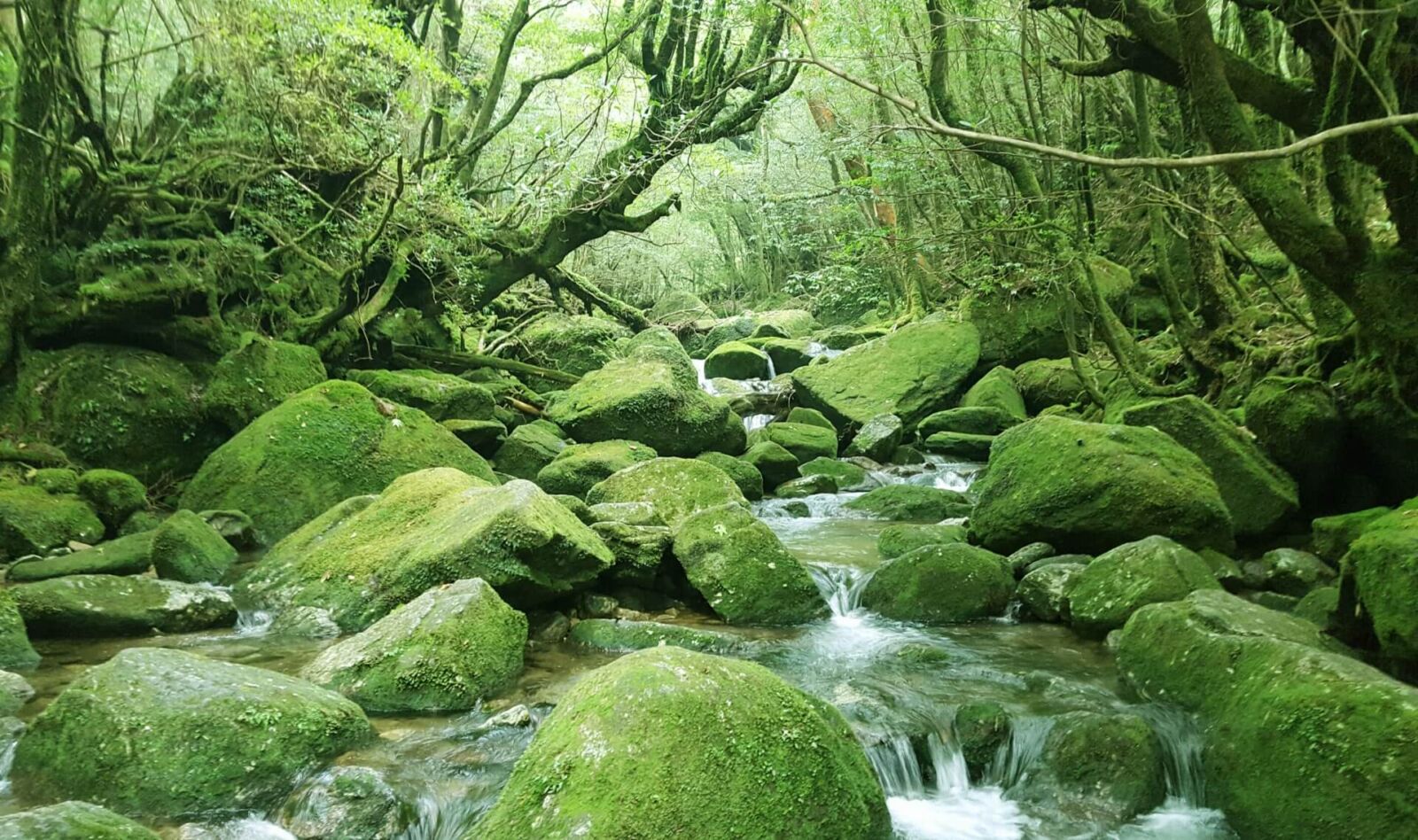
Finally, the southern region of Kyushu and distant islands of Okinawa – located approximately half-way between the Japanese main islands and the Philippines – make-up South Japan. Kyushu enjoys a sub-tropical climate and is home to cities including Fukuoka, Kagoshima and Nagasaki. Known for their beautiful beaches and relaxed lifestyles, Kyushu and Okinawa are often grouped together. Fukuoka Airport is the largest airport in the region however most international visitors make their way to and from Kyushu using Japan’s ‘Shinkansen’/Bullet Train network.
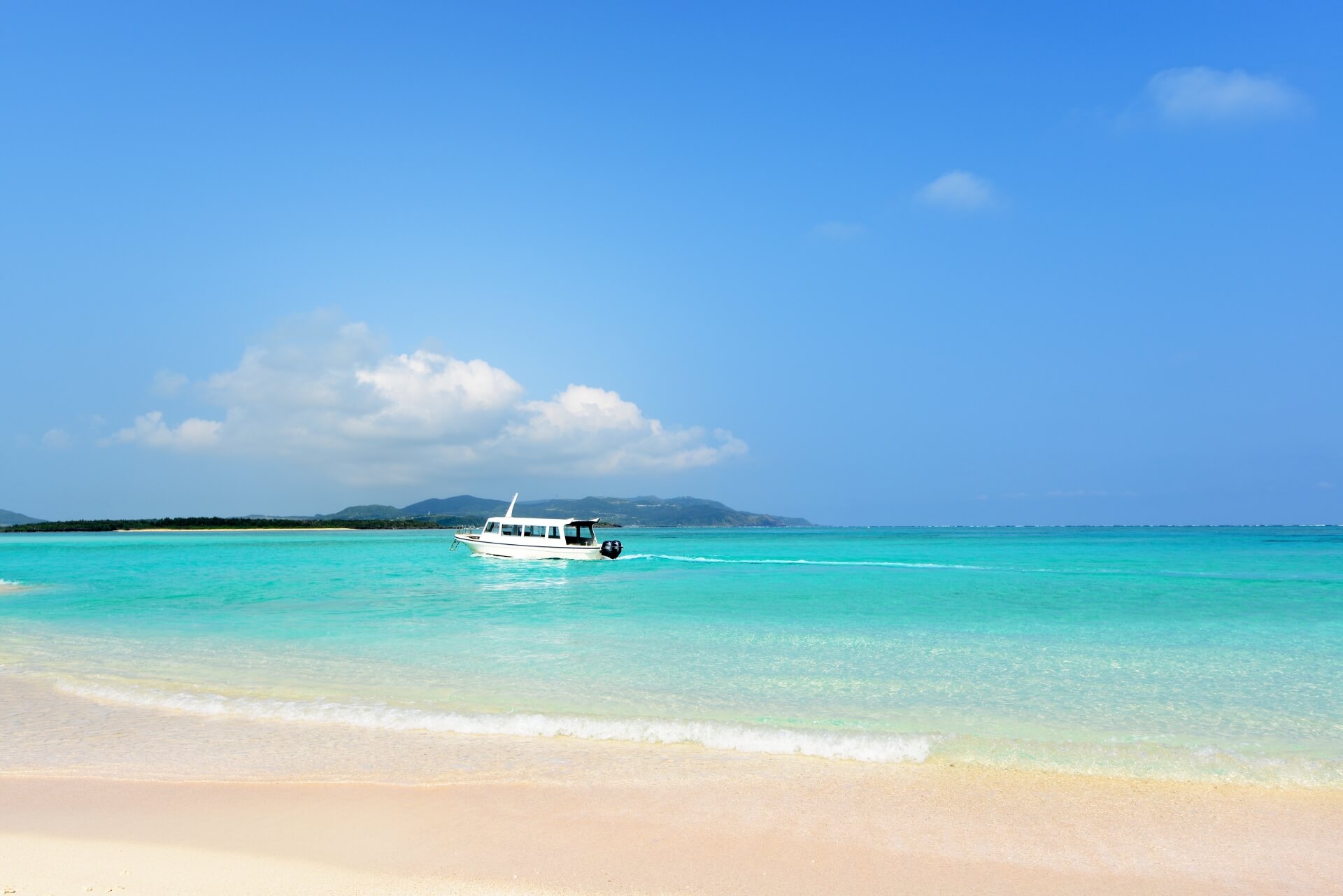
Kyushu can be reached using the shinkansen however travellers heading to Okinawa will need to do so by sea or air via Naha Airport. Once a separate kingdom called ‘Ryuku’, Okinawans are proud of their heritage and beautiful home – a region which due to its isolation from the main islands, feels like a different country. A place of true beauty and strong local identity, those who head to Okinawa should allow time to head to some of the smaller islands.
2 / SEASONS & BEST TIMES TO VISIT JAPAN
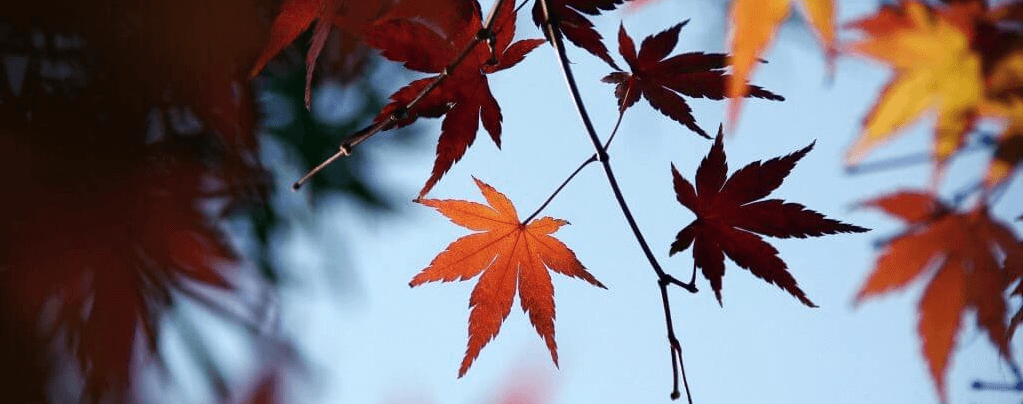
Stretching around 3,000km from north to south and totalling around 6,800 islands, the archipelago of Japan has a varied climate ranging from the cold and deep snow of the north to the tropical islands of the south. Added to that, the majority of the country is deemed mountainous with significant variation in altitude across the country with the largest mountains found in Central Japan between Tokyo and Osaka. The following three tables summarise the average temperatures in five major centres in Central, East, West, North and South Japan starting with our home town of Nagano:
CENTRAL JAPAN

EAST JAPAN

WEST JAPAN

NORTH JAPAN

SOUTH JAPAN

The information above provides a good snapshot of the general weather patterns in Japan, noting that the furthest reaches of the country – including Hokkaido in the north and Okinawa in the south – have notably different climates thanks to their locations, enjoying a notably colder/longer winter and tropical/milder winter respectively.
Unsurprisingly, summer is the most popular time of year to visit Japan with August being the busiest month of international arrivals to Japan. Typically hot and humid, summer is a time of festivals and fireworks – a time to come together with your community and enjoy each others company, good food and drink in the long summer heat. But for many, the summer heat and humidity can be oppressive. If you are here in those months, we recommend getting of the cities and heading into the areas of higher elevation where the beautiful forests and mountains offer welcome relief from the worst of the heat.
Outside of summer, each season has its own appeal. Spring is beautiful with typically warm yet pleasant day-time temperatures and cool evenings. Of course spring in Japan is all about the blossoms. Blooming each year from as early as mid-March onward, the bloom moves from south to north.
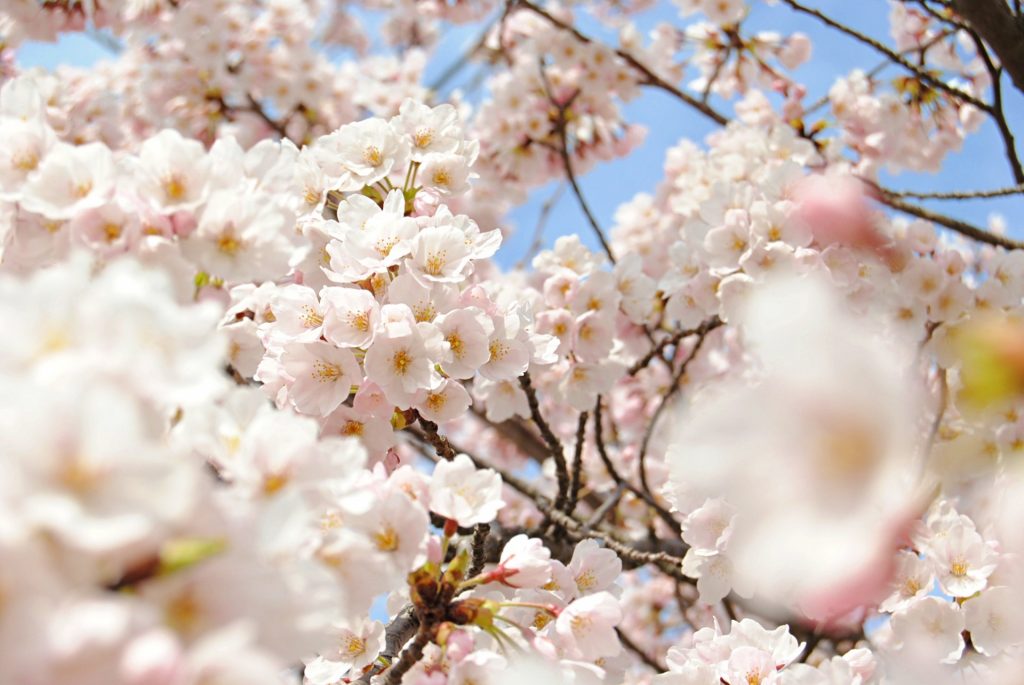
Another popular time of year of international arrivals, many Japanese also travel to enjoy the blossoms followed by the ‘Golden Week’ holidays in the final week of April and first week of May – see below for details. A lovely but busy time of year, if you are travelling in April and May make sure to book ahead as hotels and transport will be busy.
Autumn is arguably Japan’s most beautiful time of year. As the weather cools and farms come into harvest, the forests are awash with colour of the autumn leaves. Day-time temperatures are now pleasantly warm while evenings are crisp, and on the mountaintops of Central Japan, the first dustings of snow create picture perfect landscapes. Much quieter than spring and much more comfortable than summer, autumn is a great time of year to visit Japan.
Winter is the quietest time of year for international tourism into Japan however this very much depends on the region. In our home region of Nagano, winter is the busiest time of year! We enjoy a longer winter, typically running from late-November into March during which time the region is blessed with some of the best skiing and snowboarding in Asia and some of the best powder in the world. Nagano, Niigata, Tohoku and Hokkaido to the very north are at their busiest, just when other areas of Japan are at their quietest. Let’s go into a little more detail starting with…
3 / WINTER / DECEMBER TO FEBRUARY: WHAT TO EXPECT
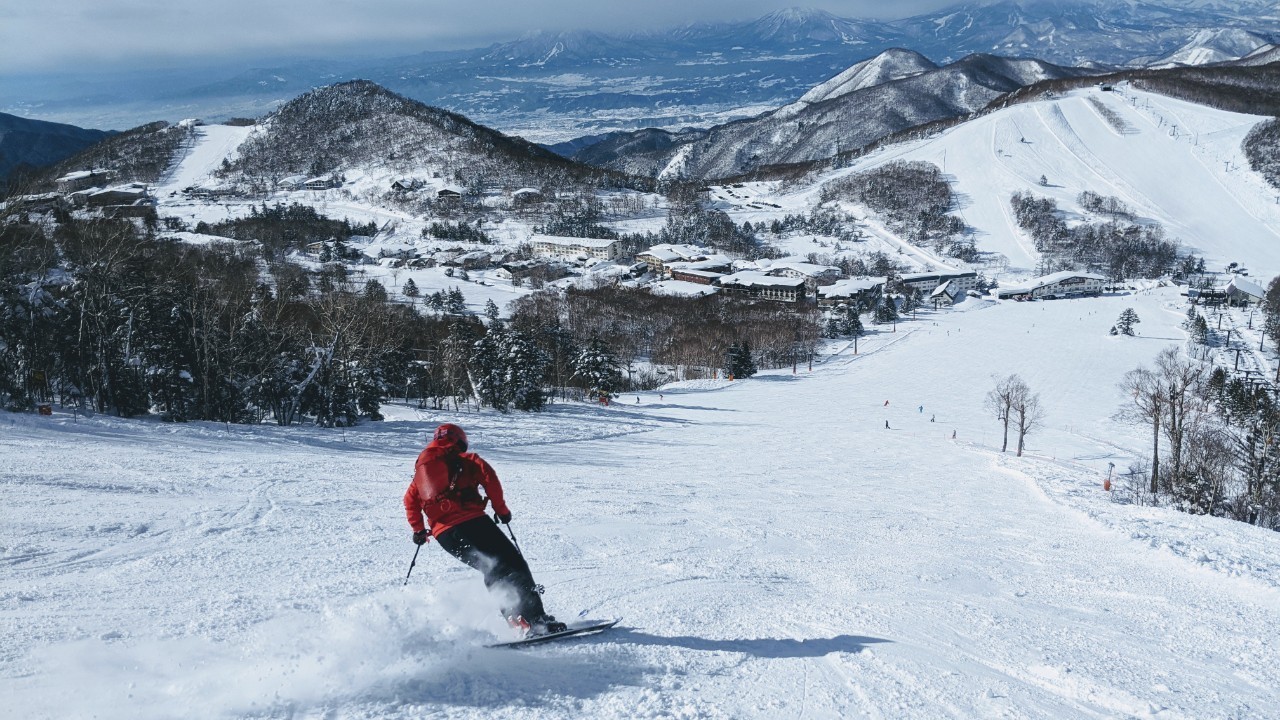

On average, winter in Japan falls between December and February however for regions including Central and North Japan, as mentioned above, winter is notably longer and can be categorised as late-November/December until March (and even earlier and later in Hokkaido). In those regions, temperatures can fall as low as -20°C or even lower – in Hokkaido and the mountains of Central Japan – and snow is heavy. As such, winter is all about skiing and snowboarding! Having hosted the Winter Olympics on two occasions – hosted by Sapporo in 1972 and Nagano in 1998 – Japan’s winter pedigree is well-established with its many resorts attracting visitors from all over the world each winter.
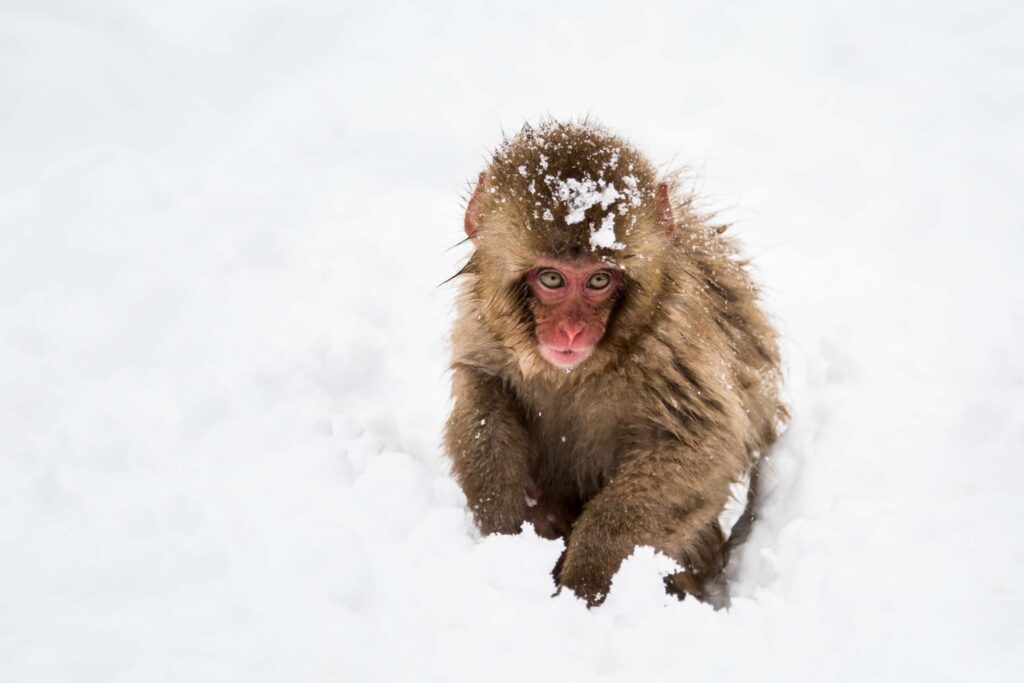

Away from the snow, temperatures will still be cold but not extreme in cities including Tokyo, Kyoto and Osaka with the weather being increasingly milder as you move south to Kyushu and onto the tropics of Okinawa. But if you’re here in winter it’s all about the skiing, snowboarding, snow monkeys and ‘onsen’ (natural hot springs) so we encourage you to head our way and enjoy some of the best powder in the world!
4 / SPRING / MARCH TO MAY: WHAT TO EXPECT
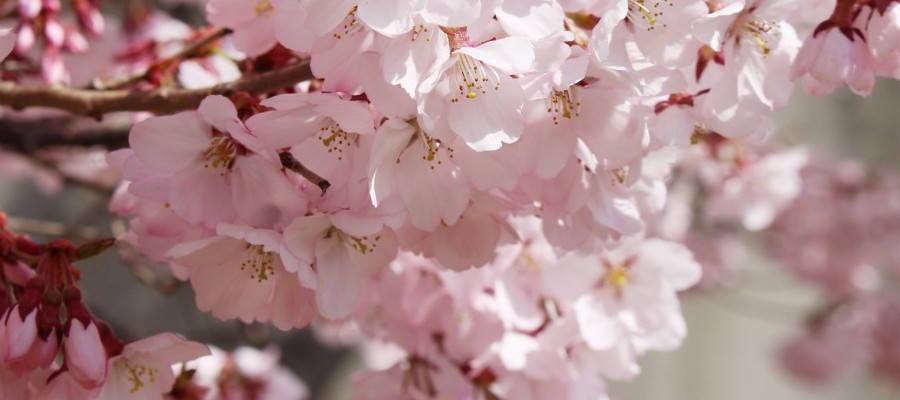
Spring in Japan is all about one thing – cherry blossoms! Known as ‘sakura’ in Japan the exact bloom of the blossoms is hard to predict and varies between years on the weather, moving south to north as the weather warms. The general trend is that the bloom is getting earlier each year and will now occur in South Japan as early as early to mid-March and then progressively moving north and expected in Tokyo sometime around the last week of March and the first week of April in Central Japan.
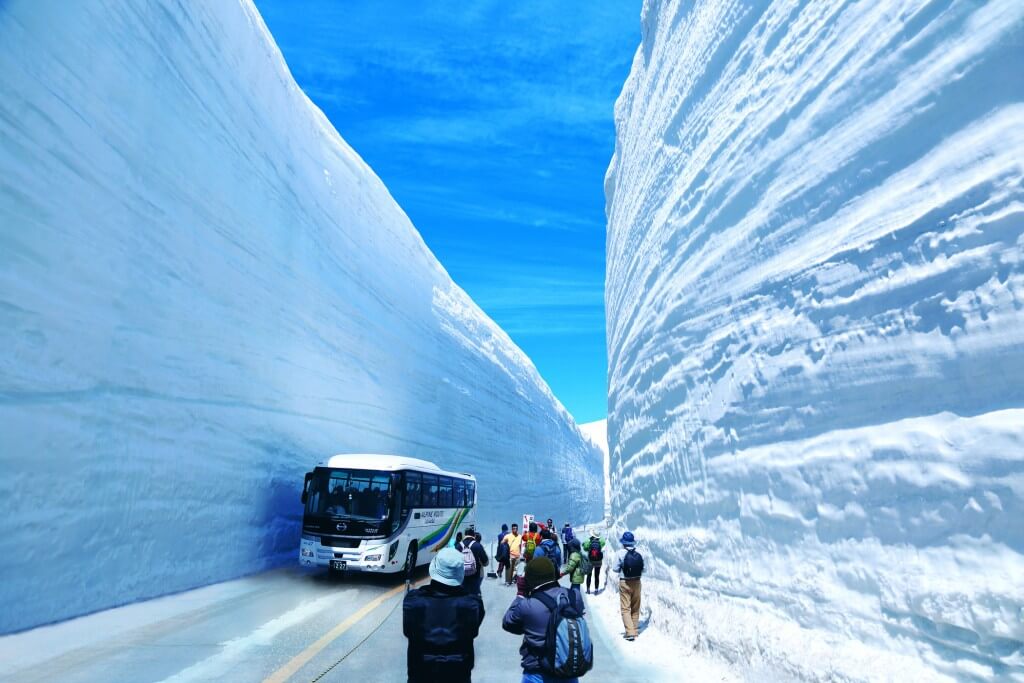
The weather from March through April is perhaps the hardest to predict as temperatures can fluctuate quite a lot, not just between regions but also within them as sudden warm days are punctuated by colder ones. But generally the weather is beautiful by mid-April and May in which time Japan enjoys ‘Golden Week’ – perhaps the busiest time of year for Japanese to travel and worth avoiding if you can – see below for details. Just prior to Golden Week, two of Japan’s most spectacular natural landscapes open to the public. Inaccessible through winter due to snow, the iconic Tateyama-Kurobe Alpine Route and alpine valley of Kamikochi are open from mid-April until mid-November – truly two of Japan’s most remarkable destinations.
5 / SUMMER / JUNE TO AUGUST: WHAT TO EXPECT
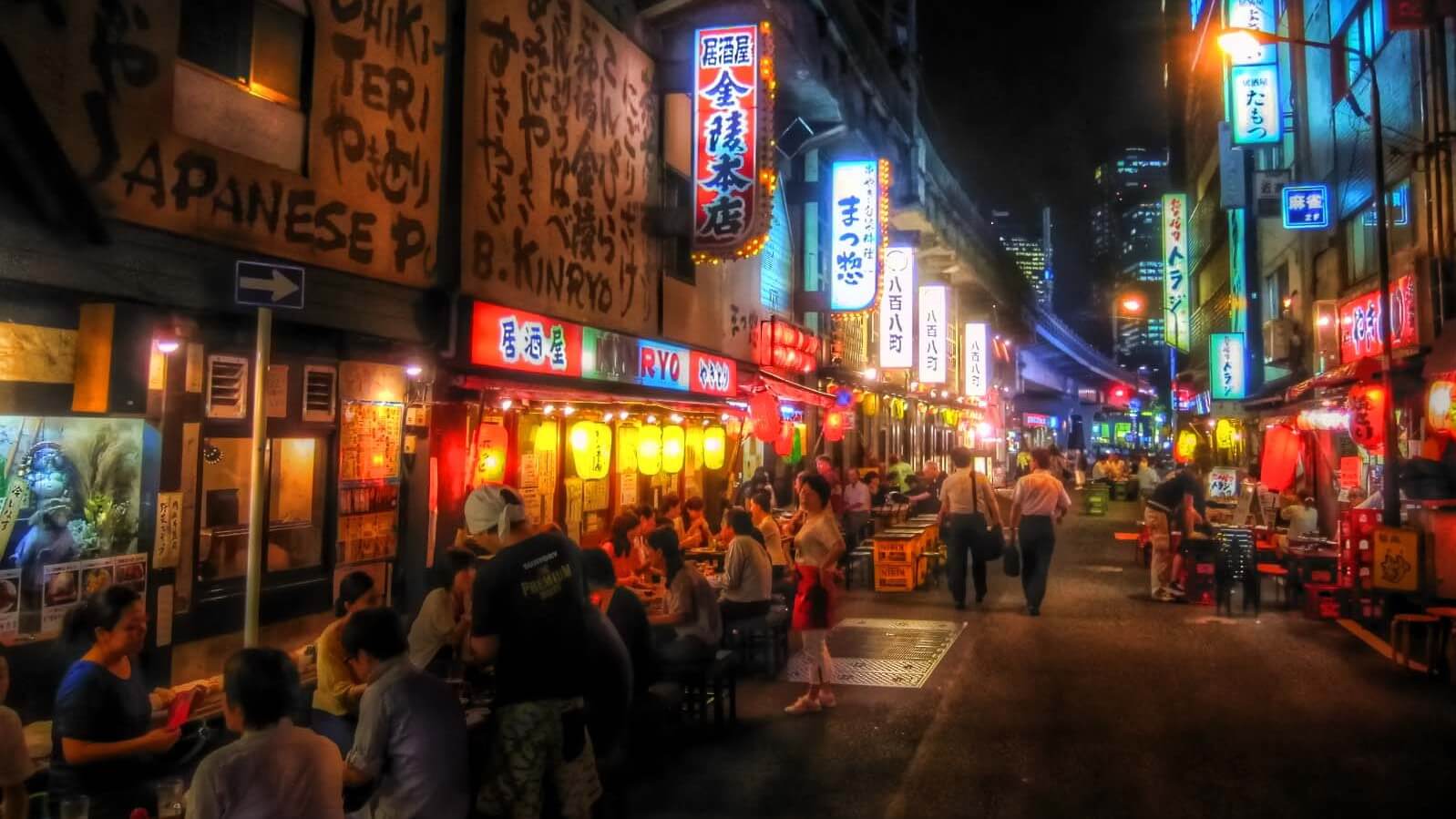
Referring to the weather charts above, you will note that rainfall jumps notably in June and July. During those months, Japan’s rainy season sees regular rainfall cover the country and also marks the beginning of typhoon season – see below for more details. Unsurprisingly, this is also low season for international arrivals however it can actually be a great time to travel. While it can rain a lot, showers typically come in bursts and don’t last all day, quickly replaced by sunshine and warmth. Accommodation is quiet meaning can get some great deals with visitor numbers at many tourist are also at their lowest. So while many avoid traveling during this time, we think it’s actually pretty good timing… before it suddenly gets very hot and humid.
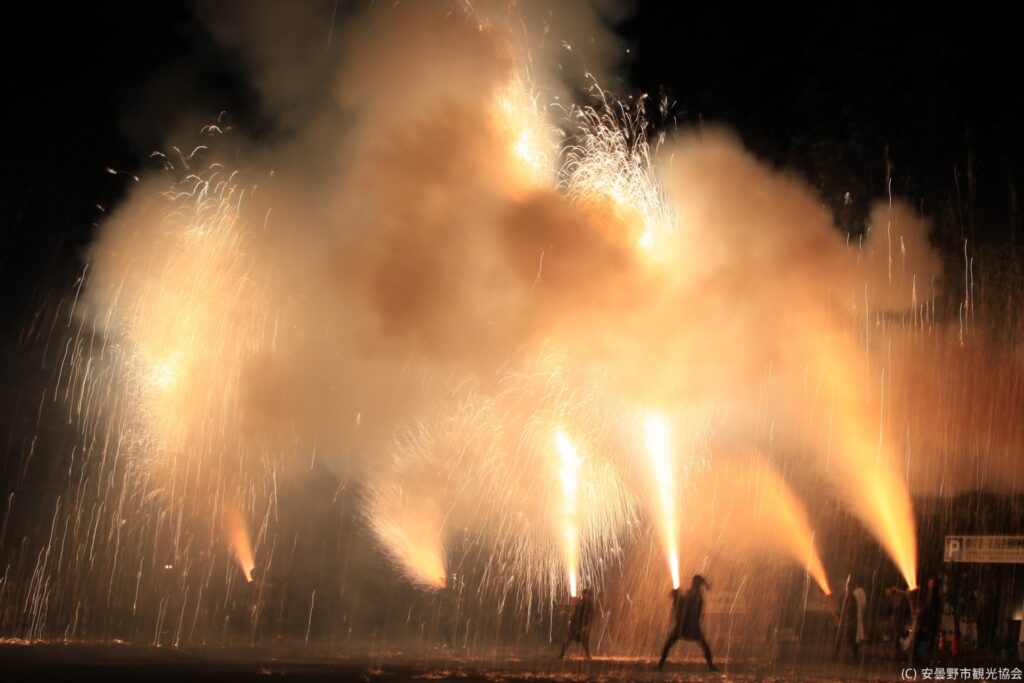
August is the busiest month of the year for international visitors arriving in Japan. The height of summer, August is the hottest month of the year with temperatures (in Celsius/ °C) hitting the high-30s in many regions and in recent years, even creeping into the 40s. Added to that, most areas of Japan experience a very humid summer meaning that late-July and August can be very uncomfortable for many people. This is especially the case in large cities such as Tokyo, Kyoto and Osaka where the summer heat and humidity can be oppressive. If you are travelling in summer, we recommend getting-out of the cities and heading into Central Japan where the higher altitude results in notably cooler temperatures and the humidity is far less of an issue.
6 / AUTUMN / SEPTEMBER TO NOVEMBER: WHAT TO EXPECT
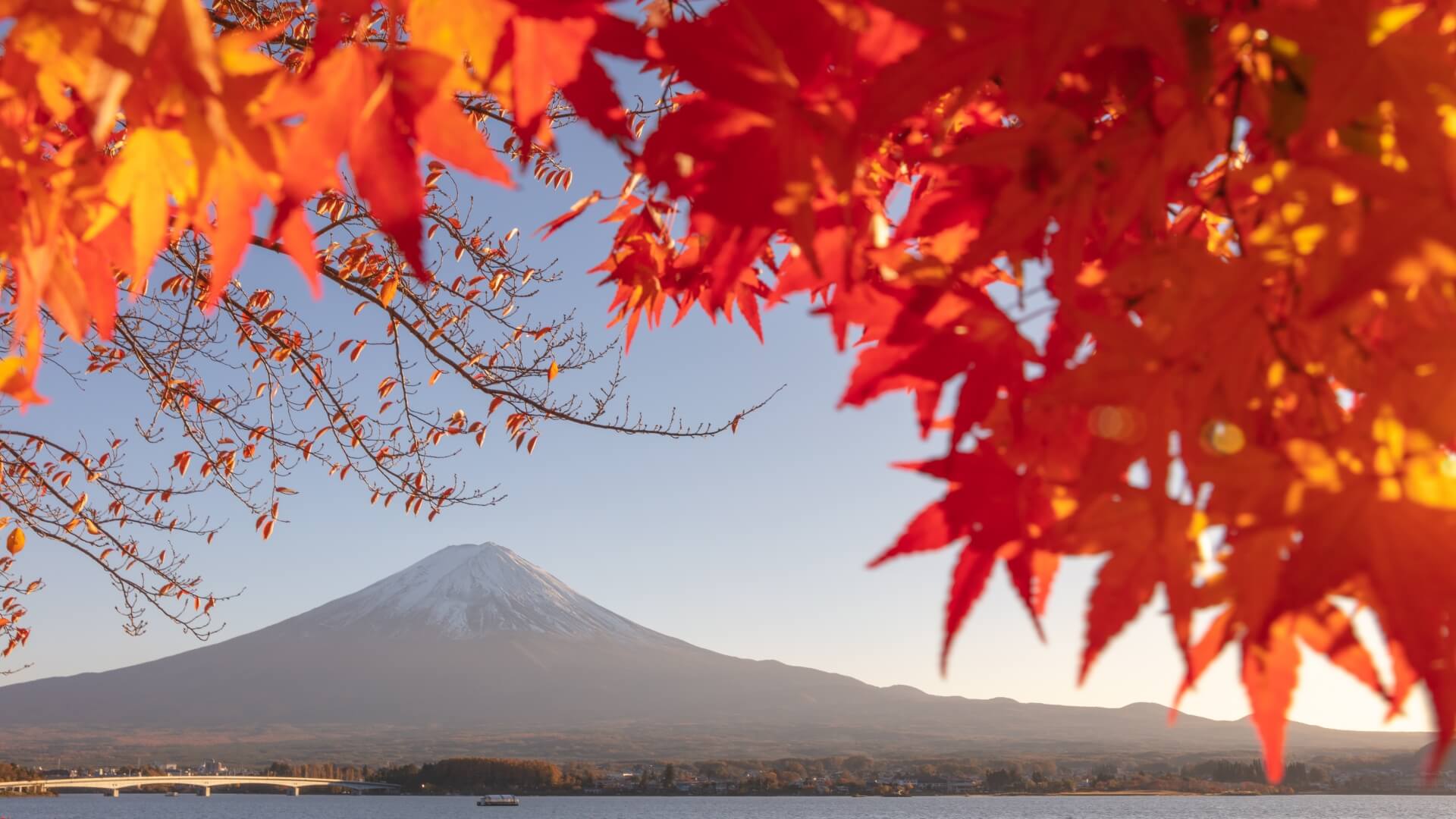
As summer wanes, so too does the number of international visitors making autumn another great time to travel to Japan. Indeed we think it’s probably the best time of year! From October the weather throughout Japan is typically lovely, with pleasantly warm days, low rainfall and chill evenings allowing for a comfortable sleep. Farms harvest their vegetables, fruit and crops, filling the restaurants and family dinner tables with delicious food as the parks, forests and mountains put on a spectacular display to rival the blossoms of spring.
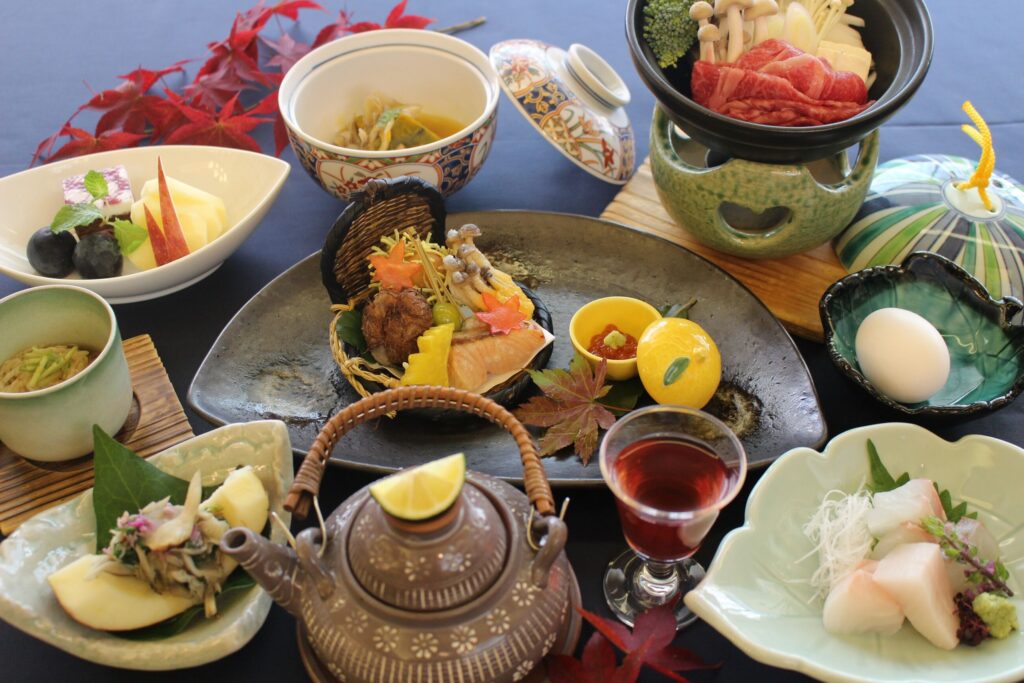
Known as ‘koyo’ in Japanese, the autumn leaves appear from north to south as the increasingly cool weather moves down Japan. First turning Hokkaido and Tohoku in the north, Central Japan turns next before Tokyo, Nagoya, Kyoto and Osaka. The alpine landscape of Central Japan is truly spectacular through autumn as the mountain-tops have their first dusting of snow and the region gears-up for the winter to come. With the ropeways and gondolas of the ski resorts already in action, heading our way and into the mountains for hiking beneath the autumn canopy offers a spectacular escape from the cities.
7 / PUBLIC HOLIDAYS
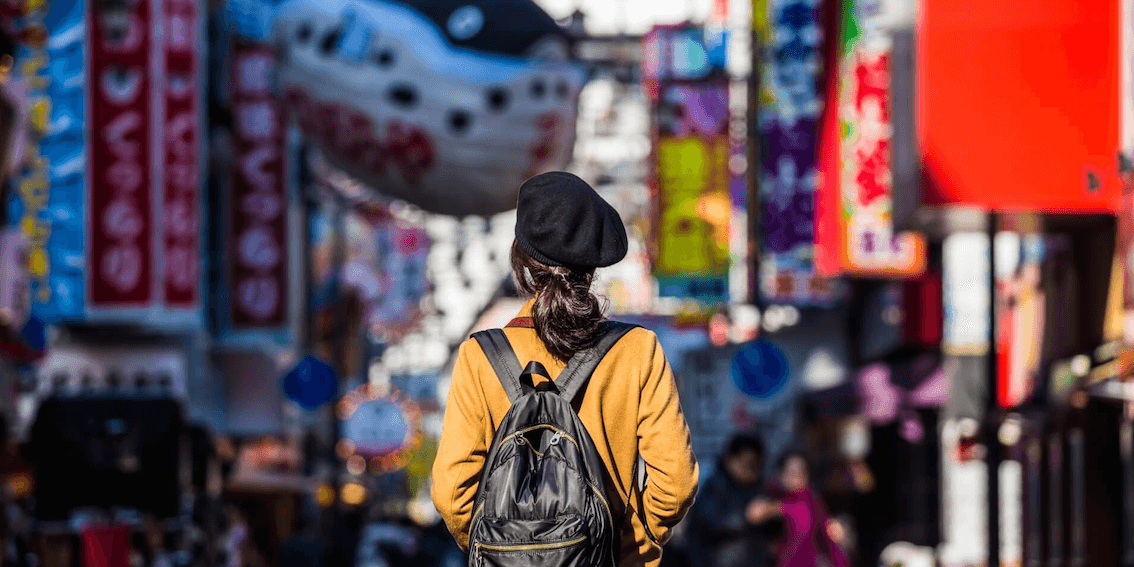
Japan observes the following public holidays each year with three periods during which many Japan take extended leave – ‘O-Shogatsu’ over the New Year period, ‘Golden Week’ in late-April to early-May, and ‘Obon Week’ in August and – see below for further information.
Most tourist destinations including popular museums and galleries, shops and restaurants will remain open on public holidays and there is no need to alter your travel plans. It is simply worth being aware of the dates and booking accommodation in advance around those dates, especially when public holidays combine with a weekend to create a long weekend or for extended/busy periods.
8 / BUSY PERIODS & TIMES TO AVOID
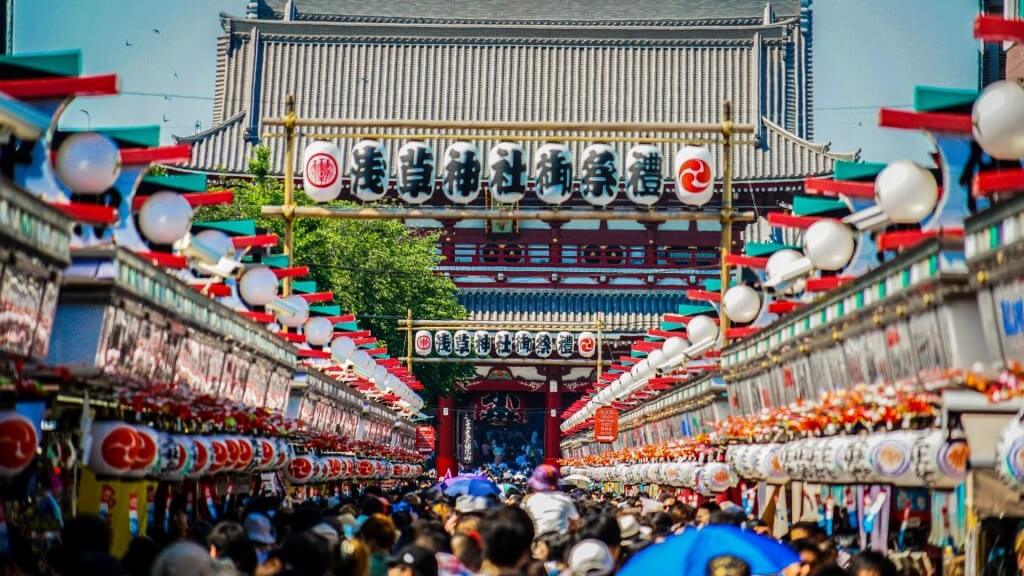
Among the public holidays that Japan has, there are three periods during which many Japanese take extended time-off and popular tourist destinations, transport and accommodation can be very busy. If you are traveling during these times, make sure to book your accommodation, trains, etc. well in advance:
‘O-Shogatsu’ / New Year period either side of January 1
While only January 1st is a public holiday over the New Year period, many companies close and people travel to their hometowns to spend time with their family. Accommodation and popular tourist spots won’t necessarily be busy – noting that many popular attractions such as museum and galleries will be closed over the New Year period – however trains, buses and roads are be very busy. This is most noticeable for train services out of the big cities – such as Tokyo and Osaka – in the days leading-up to New Year and then again, a couple of days after as people travel to and from their hometowns as many people need to be back at work by January 4th. Even the ‘Shinkansen’/Bullet Train will be packed on those days and if you don’t have a reserved seat, you are likely to have to stand in a packed carriage for your entire journey. Our advice over those days is to make sure you have a seat booked or if not, stay put and enjoy a couple of days in one spot.
‘Golden Week’* / last week of April to the first week of May
In the final week of April and the first week of May, Japan enjoys four public holidays during a period called ‘Golden Week’. Many Japanese will use a couple of days of paid leave to create a stretch of days-off in which many again return to their home region, take a holiday somewhere or simply enjoy some time off at home. During Golden Week, tourist destinations, shops, and restaurants will be very busy and transport including trains, buses and roads will all be crowded. Whereas New Year is traditionally seen as a time to spend with your family, Golden Week is a time to do whatever you please meaning that many Japanese will be traveling at this time. If you can avoid it, we recommend not to travel in Japan during this time as everything tends to be crowded. If you can’t avoid it, make sure to book your accommodation and transport well in advance and get ready for crowds.
‘Obon’** / mid-August
There are no official public holidays to mark ‘Obon’ however many Japanese take time-off during the middle of August to travel home and visit their family. Traditional belief is that this is the period of the year in which the spirit and human realms are at their closest and when the living can commune with deceased relatives. As a result, many Japanese will be using the trains, buses and roads to return home during August. If you are traveling during this time, make sure to book your train and accommodation in advance.
School Holidays
The exact dates for school holidays in Japan vary slightly between prefectures but roughly correspond to the dates listed below. The school year typically begins in the second week of April with students given holidays on:
Late-July through August: students enjoy their extended summer holidays. Many parents take time-off during August to enjoy holidays with their children. Expect accommodation and tourist spots to be busy throughout summer, especially on weekends, as families travel together and many people look to get-out of the hot and humid cities. ’Obon’ falls within the school holidays and can be especially busy.
Dec.25th to Jan.7th: marks winter holidays for most schools across Japan. Families typically spend New Years together and many might head to areas like Nagano or Hokkaido for skiing and snowboarding before returning to school in the second week of January.
Mid-March to early-April: students go on their spring break having graduated the academic year and prepare to enter the next. The holiday usually corresponds with cherry blossoms, which many families enjoy together at which time popular tourist spots, shops and restaurants are likely to be very busy.
Japanese students typically also have all public holidays off however this can vary between schools. If you are traveling during the periods discussed above, it’s a good idea to book your accommodation and transport in advance.
9 / BE PREPARED: TYPHOON SEASON & NATURAL DISASTERS
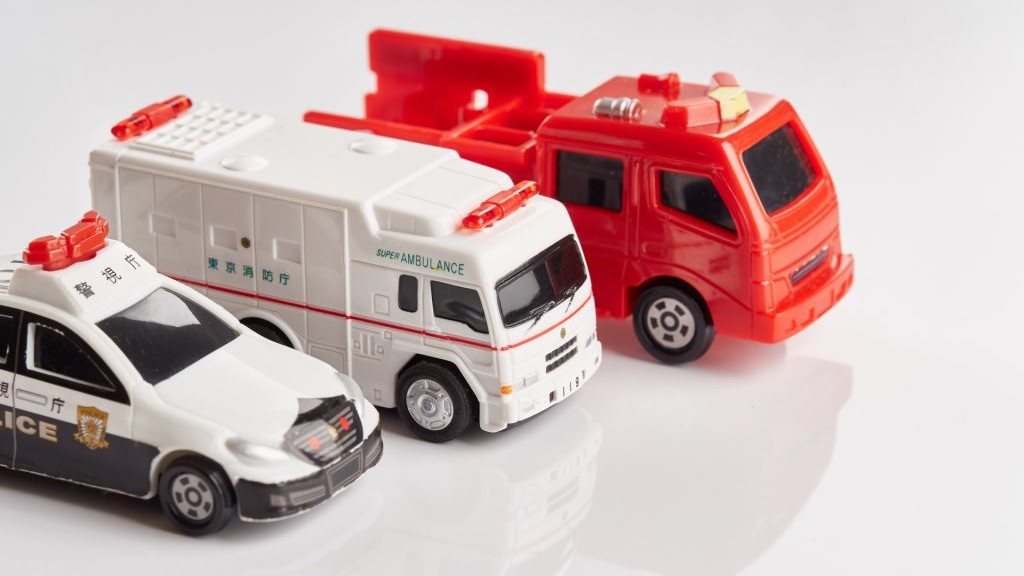
Even if you are yet to travel to Japan, there’s a good chance that you’re already aware of its reputation for natural disasters including typhoons, earthquakes and tsunamis. Japan is the most seismically-active country in the world and as such, is well-prepared for natural disasters. This isn’t something to worry about and you should go ahead a plan you visit without alarm.
One thing you might not of heard of but worth considering when booking your visit is Japan’s ‘typhoon’ season. The equivalent of a cyclone or hurricane, typhoons occur from May to October each year with the peak period typically being August to September. There is certainly no need to avoid travel during these months – indeed August is the busiest month for international arrivals to Japan – but it is worth being aware of the possibility of a typhoon during those months. Most typhoons that reach the Japanese archipelago affect the southern regions including Okinawa and Kyushu with a couple each year also heading further north as far as Tokyo.
Is there typhoon in Japan right now?
The Japan Meteorological Agency (JMA) provides a range of excellent online resources including real-time information about current extreme weather with typhoon tracker. If you are traveling to Japan in August and to October (or even into November), just be aware of the possibility of a typhoon and should you be affected, follow the advice and sit tight until it passes. If necessary, update your travel plans to do so. During typhoons, flights will be grounded and high-speed train services such as the ‘Shinkansen / Bullet Train& will be suspended in the affected areas. Advanced notice is usually issued so you shouldn’t be caught by surprise.
Should I be worried about earthquakes and tsunamis?
You might already be aware that Japan is the most seismically-active country in the world. Earthquakes are a fact of daily life. Quite literally, Japan experiences multiple earthquakes everyday. Most are small and not even noticeable while others range in severity for a quick jolt, gentle rocking to more serious events. Larger earthquakes can trigger tsunami warnings. Tsunami typically affect areas within several kilometres of the Pacific coast. Away from those areas, you are unlikely to be affected by a tsunami warning.
Rest assured that Japan and the Japanese people are well-prepared and used to such events. From a young age, Japanese are taught what to do in the event of an earthquake or tsunami, the most important lesson of which is should something happen, follow directions to a safe place and listen for further instructions. Japan is well-prepared for extreme weather events with the national ‘Emergency Warning System (EWS)’ providing advance warnings and real-time information to all mobile phones in affected areas in relation to typhoons and storms surges, earthquakes, tsunami and other events. For more information, see our ‘Getting Assistance in Japan’ page.
In answer should I be worried about earthquakes and tsunamis, the answer is no. Japan is prepared for these events and the systems work. It’s good to be aware of it as it is a fact of life but it shouldn’t worry you and is very unlikely to affect your travel plans.



